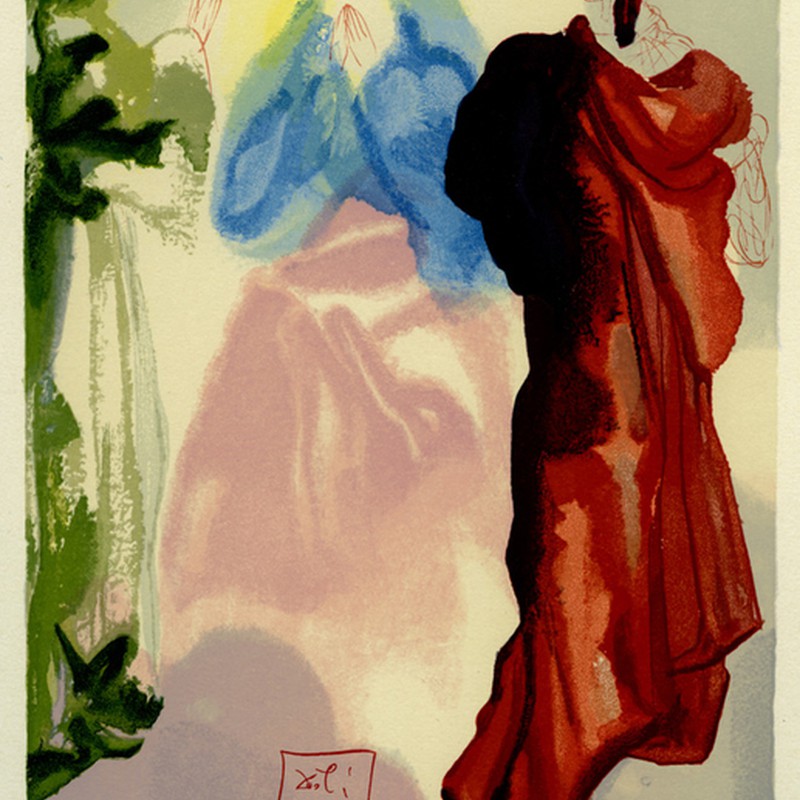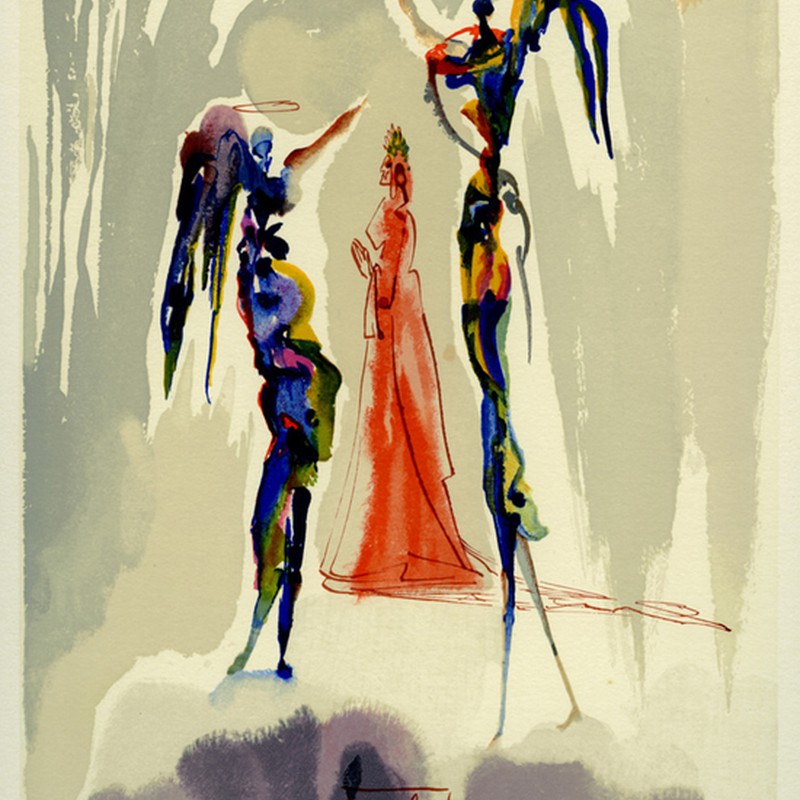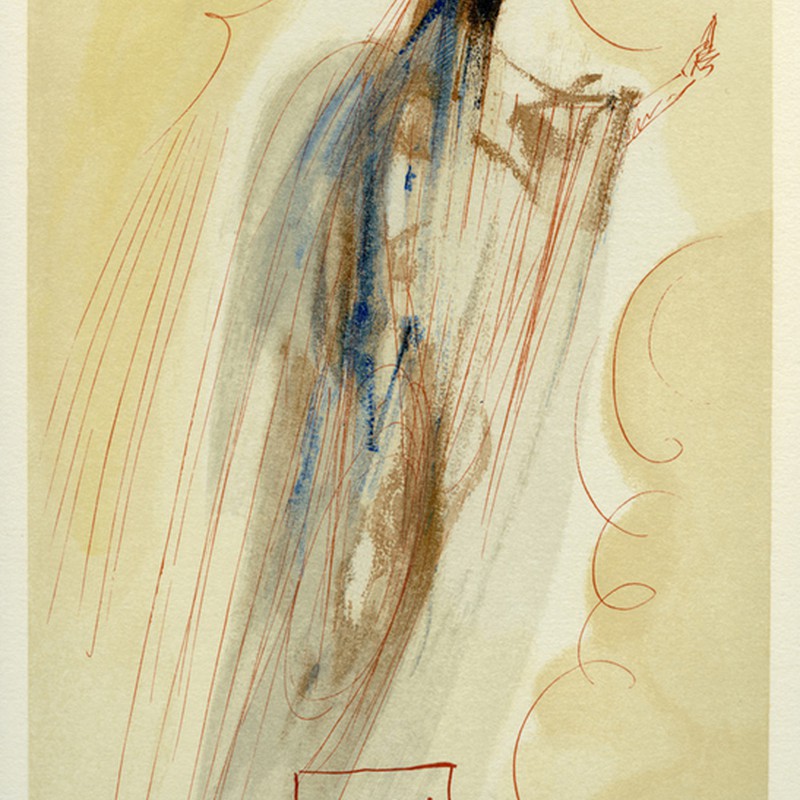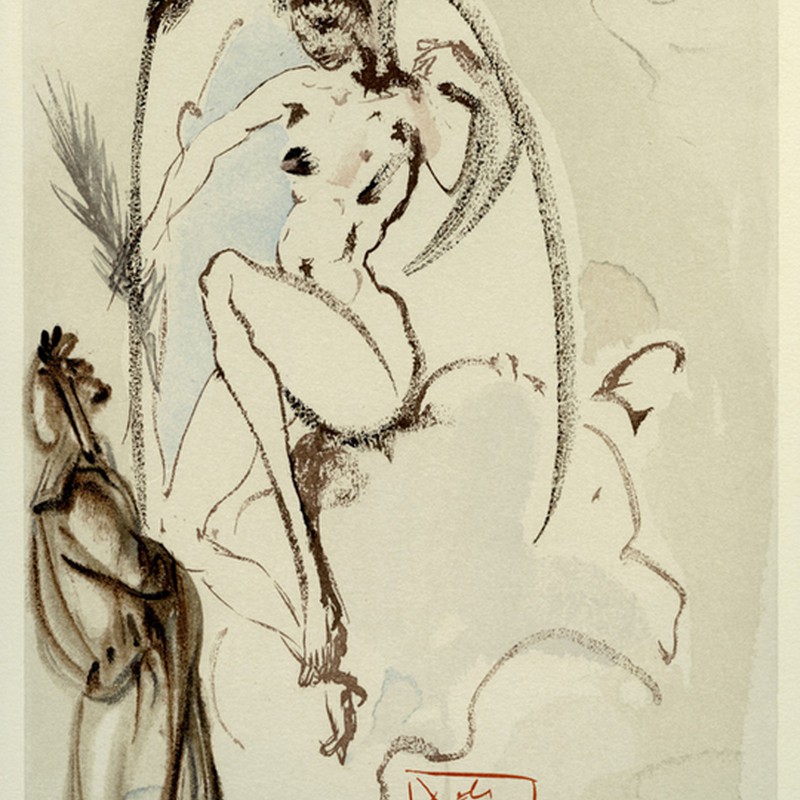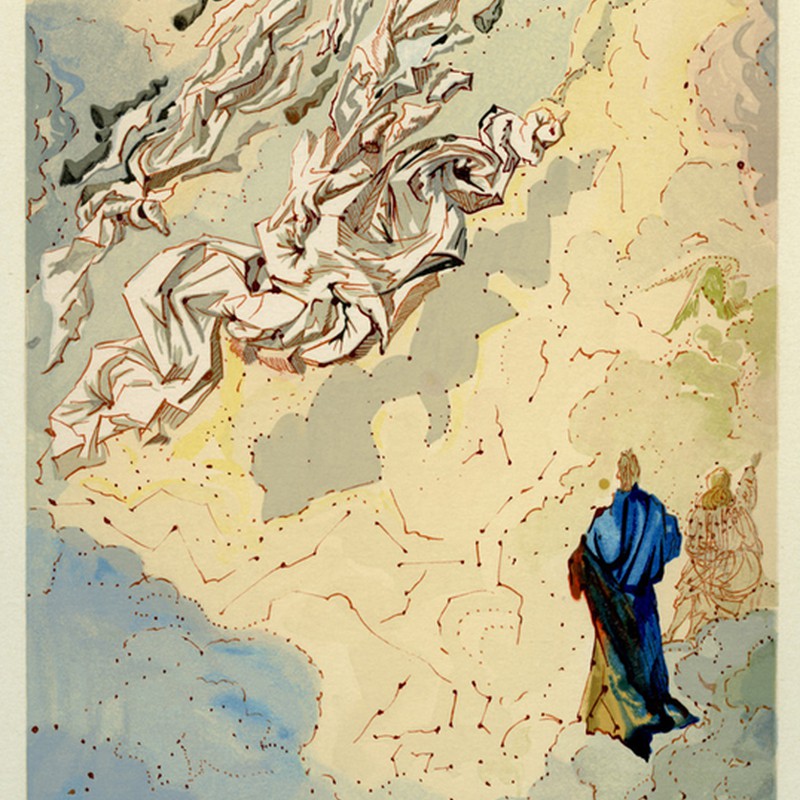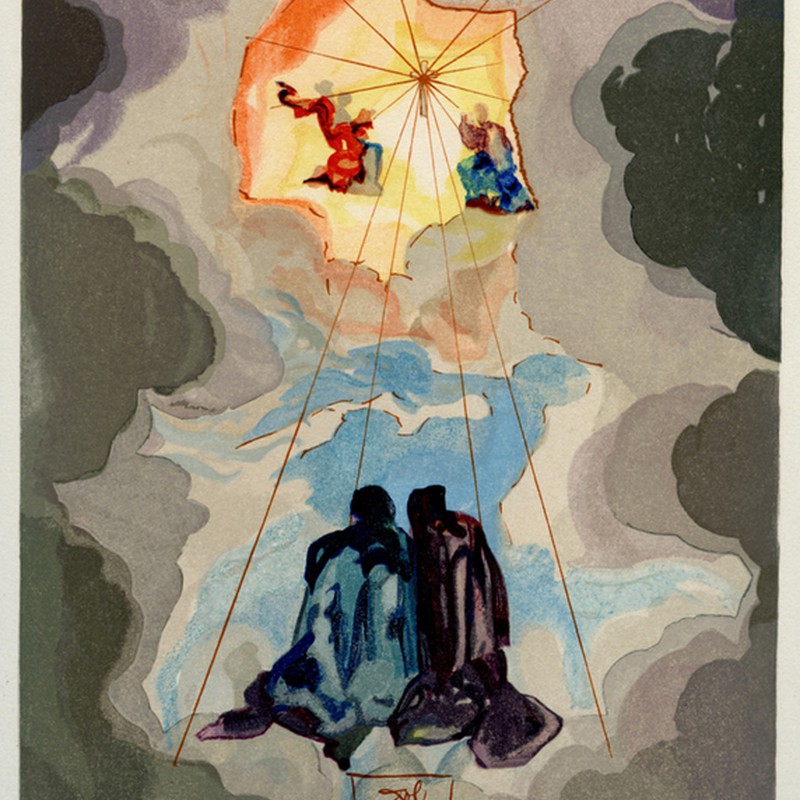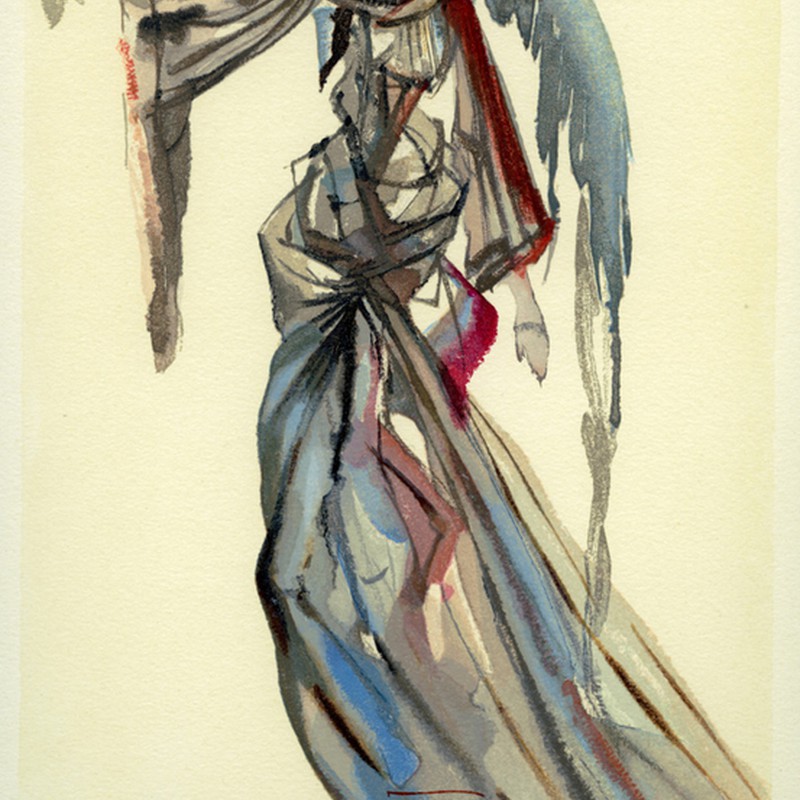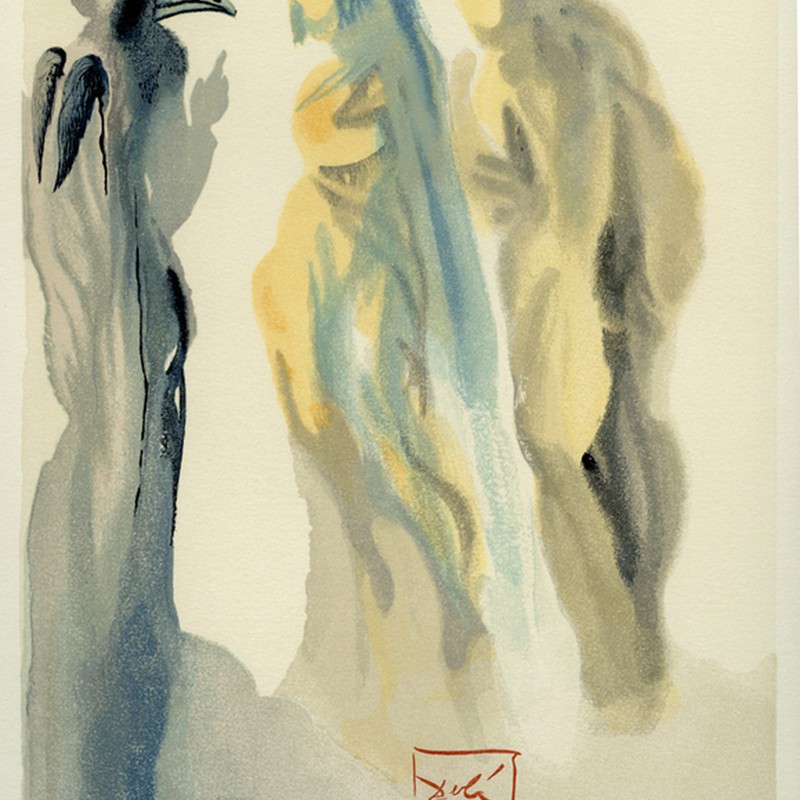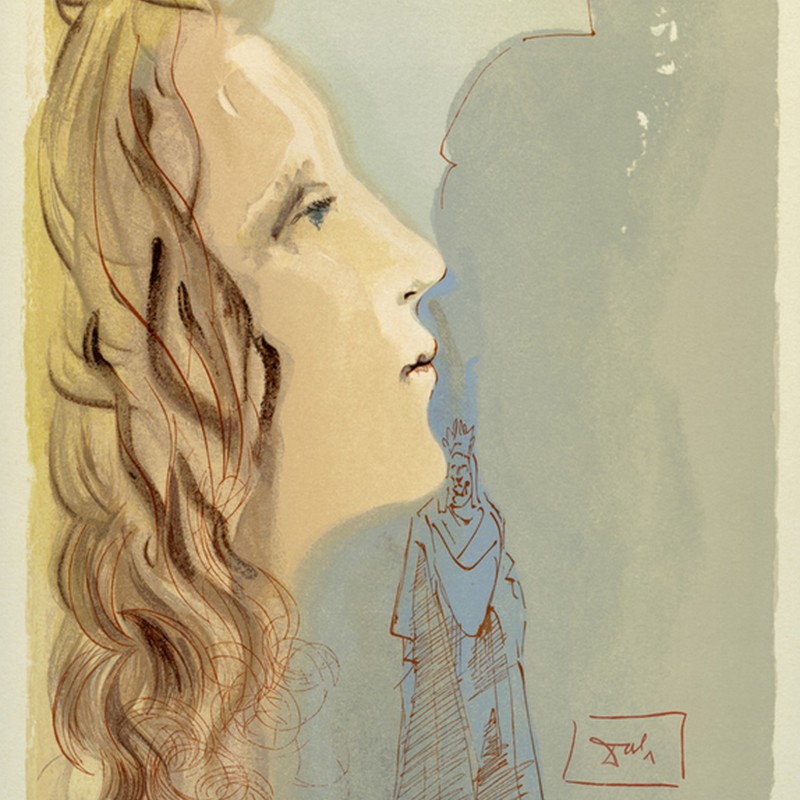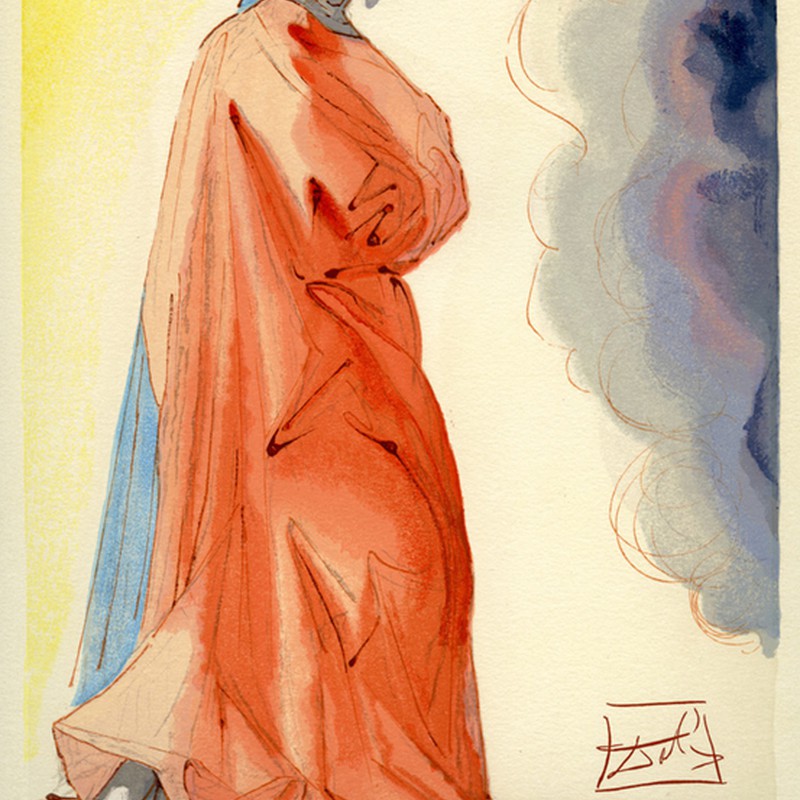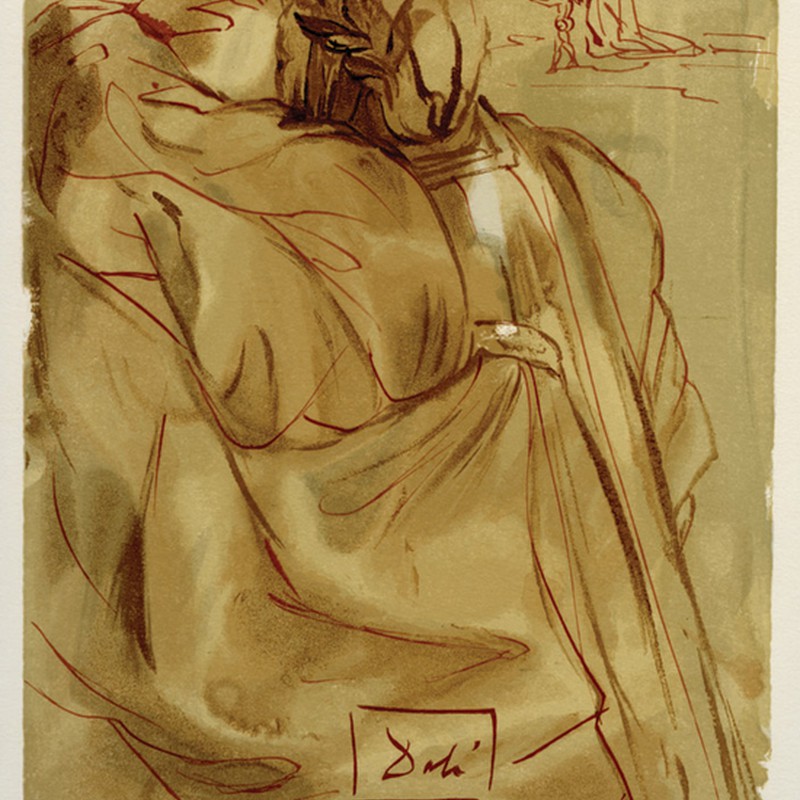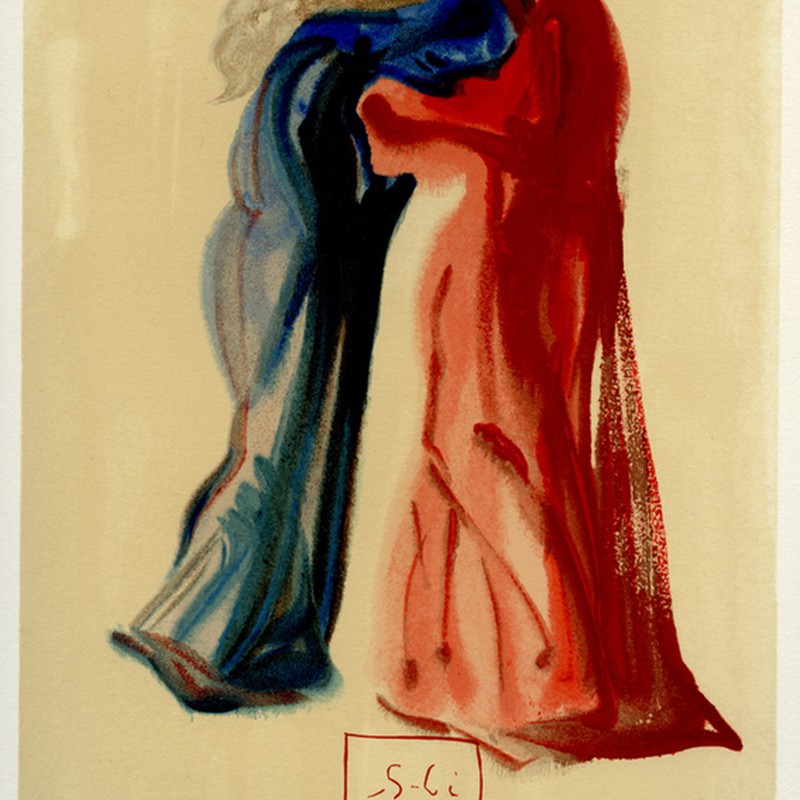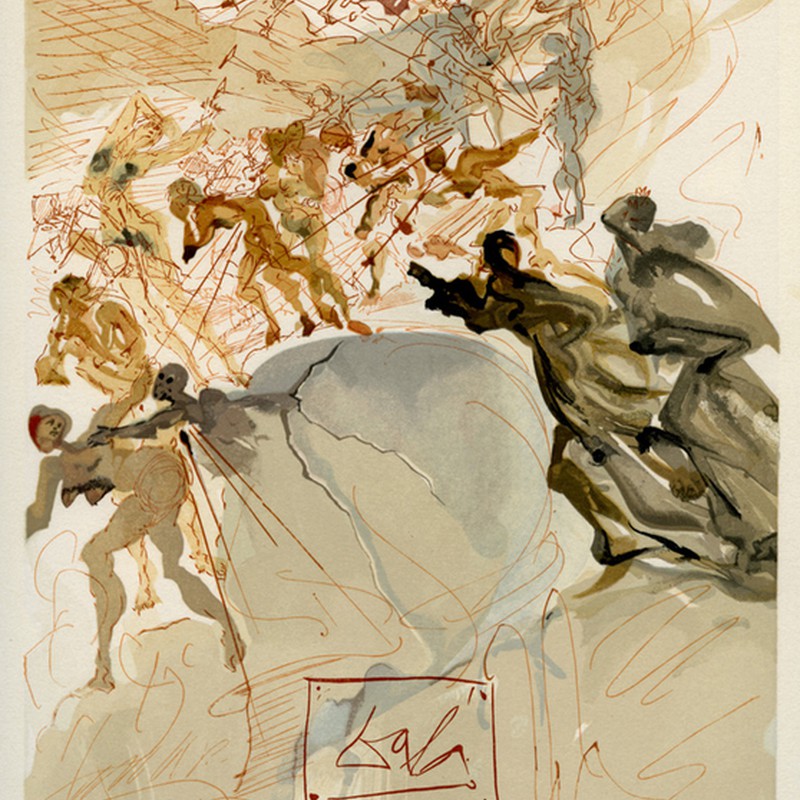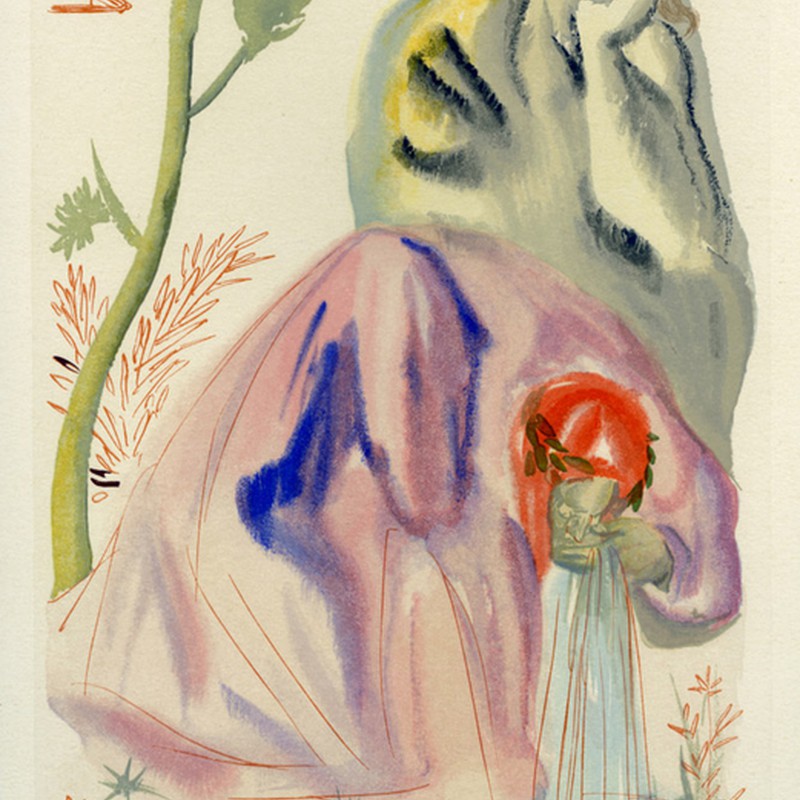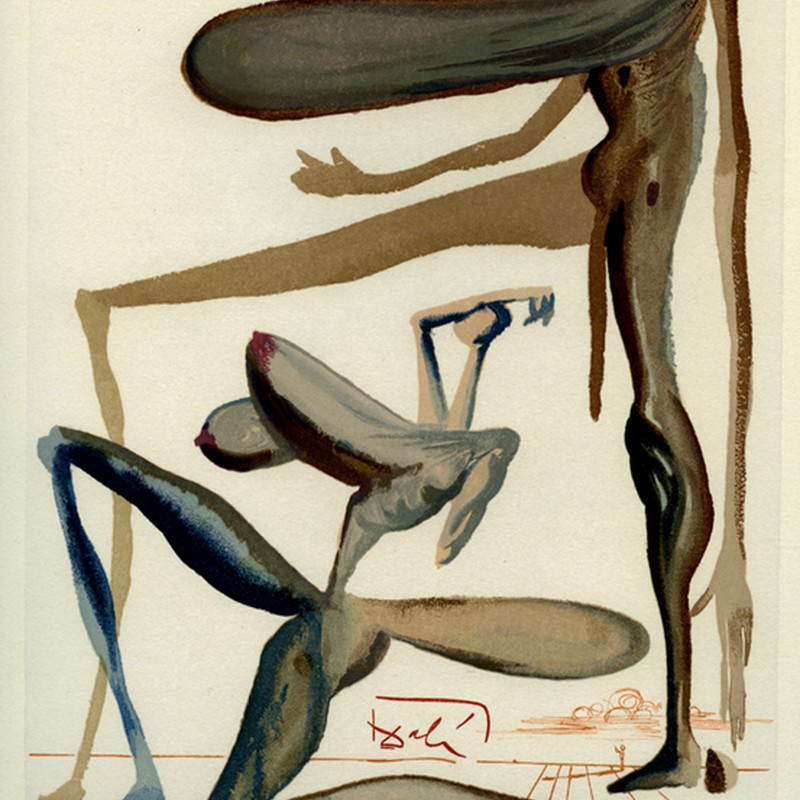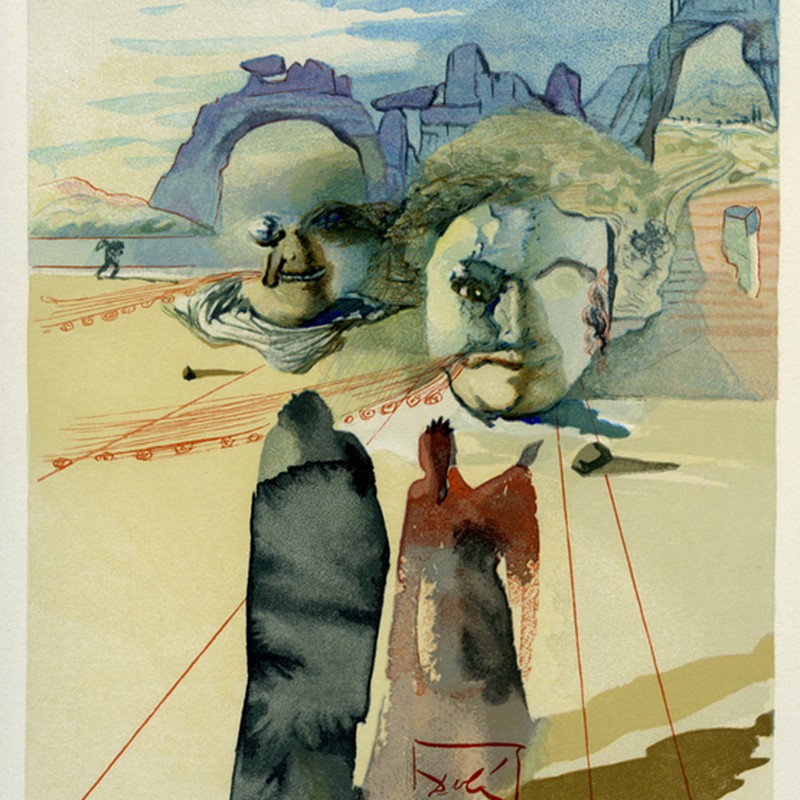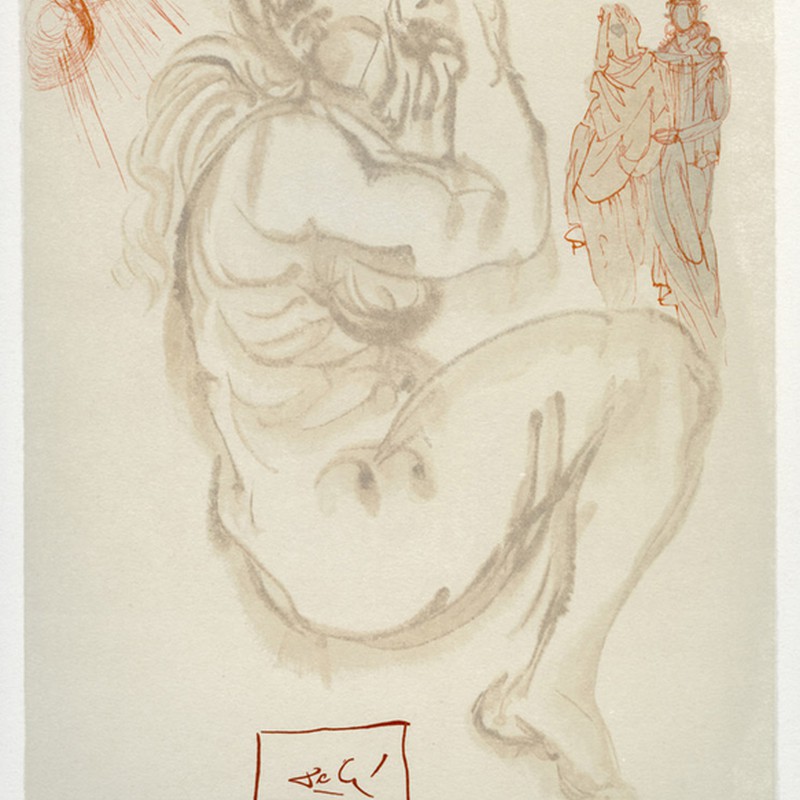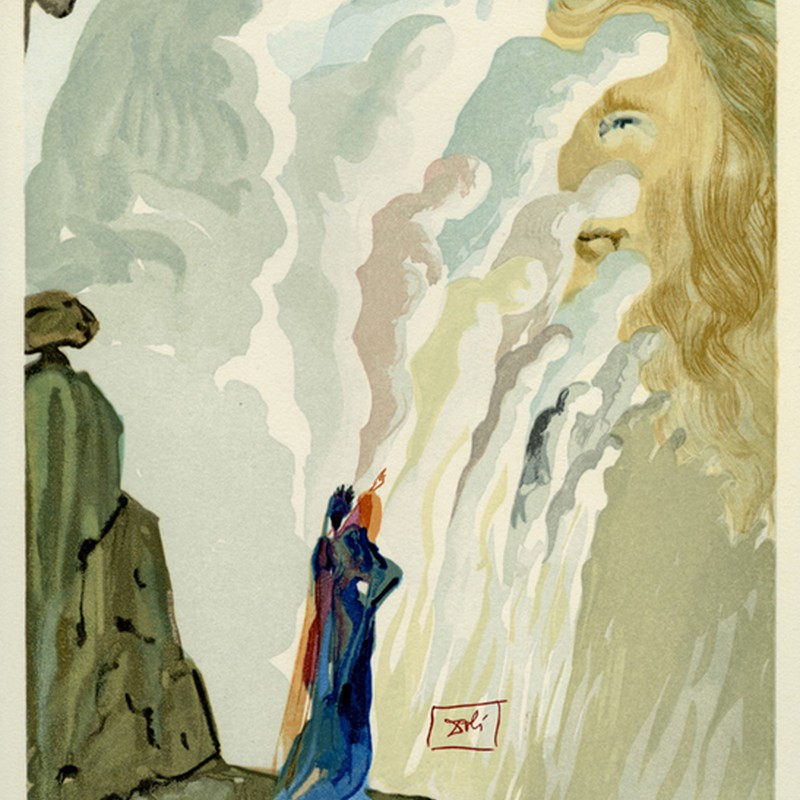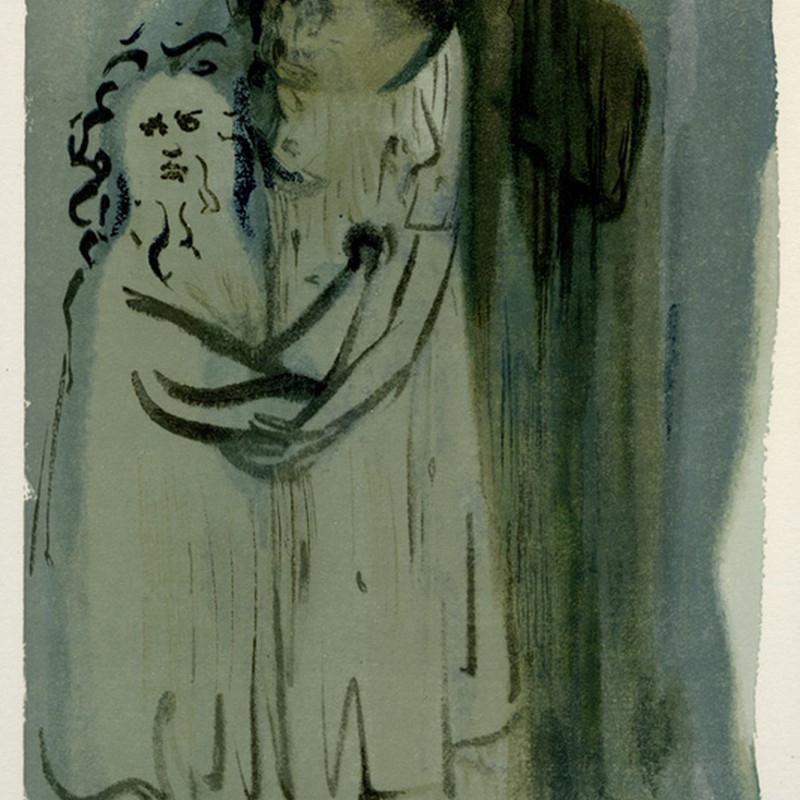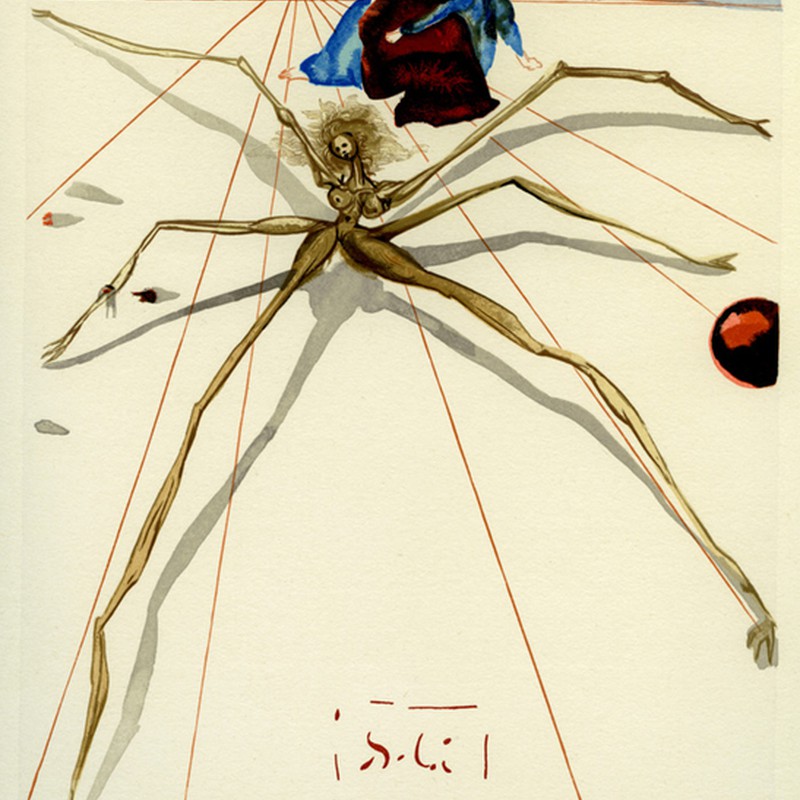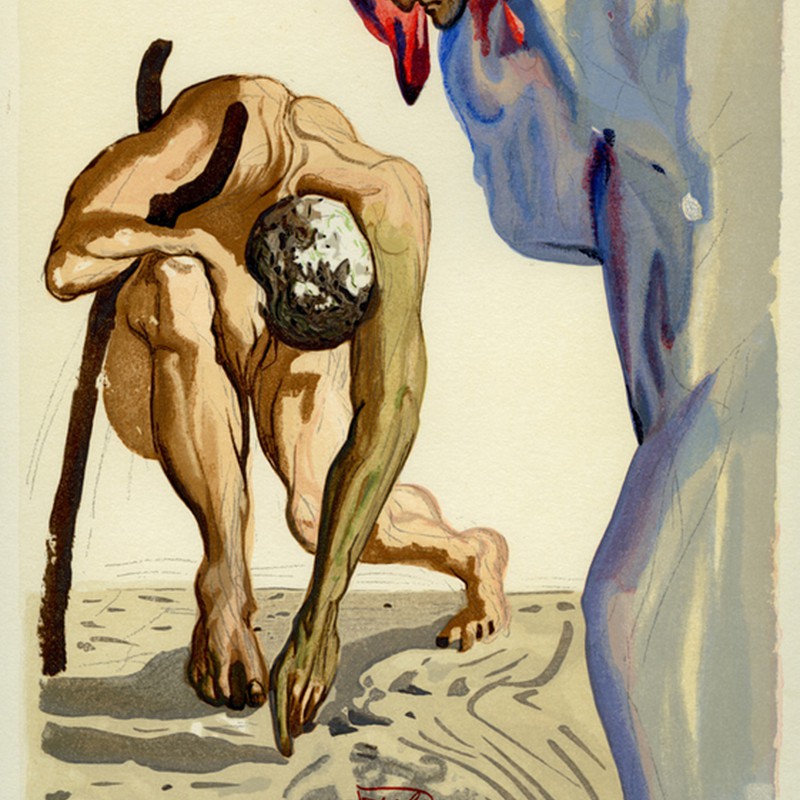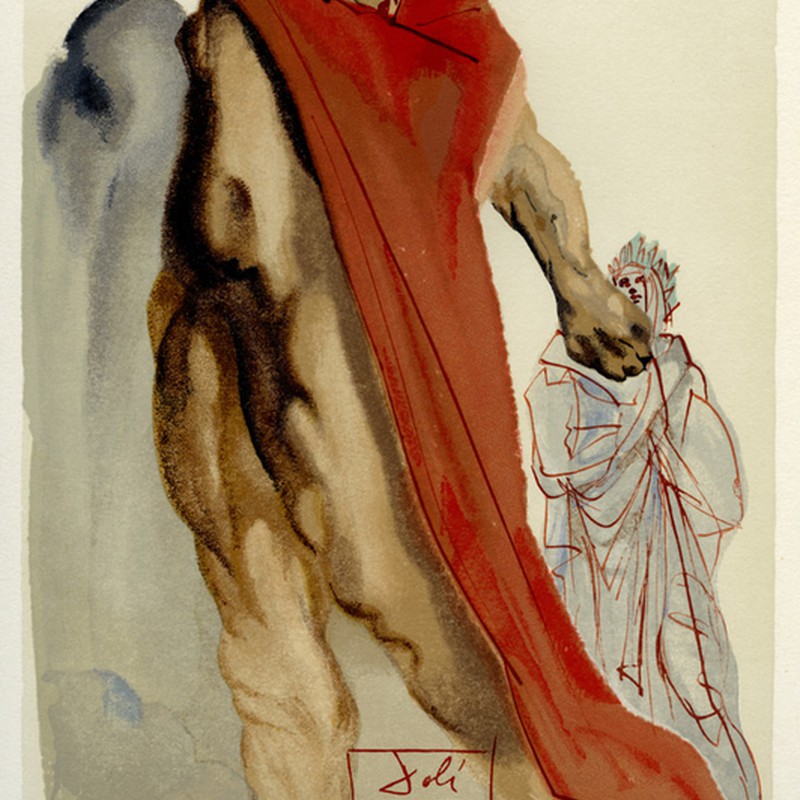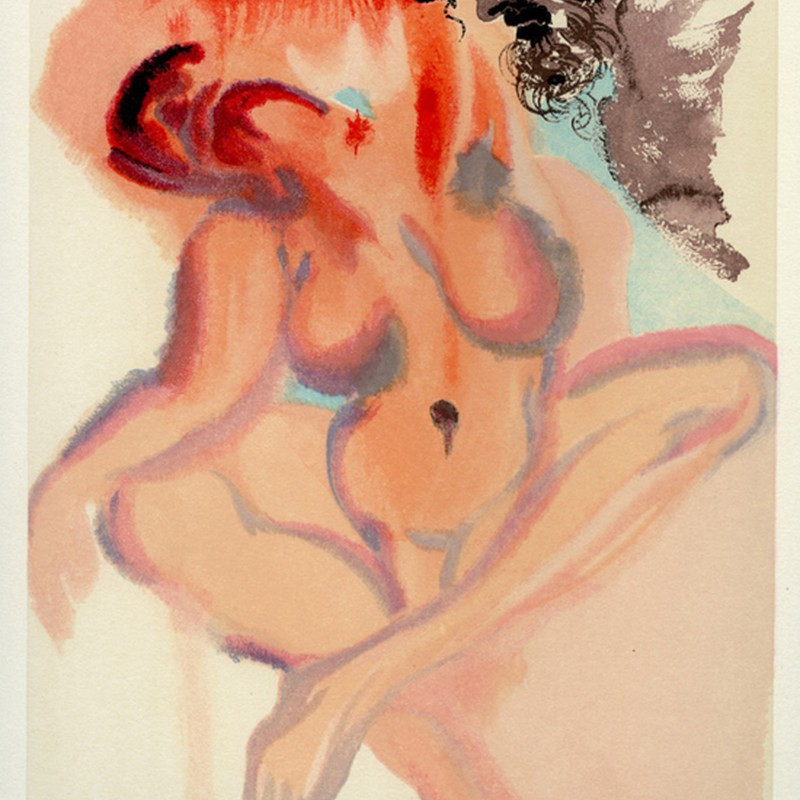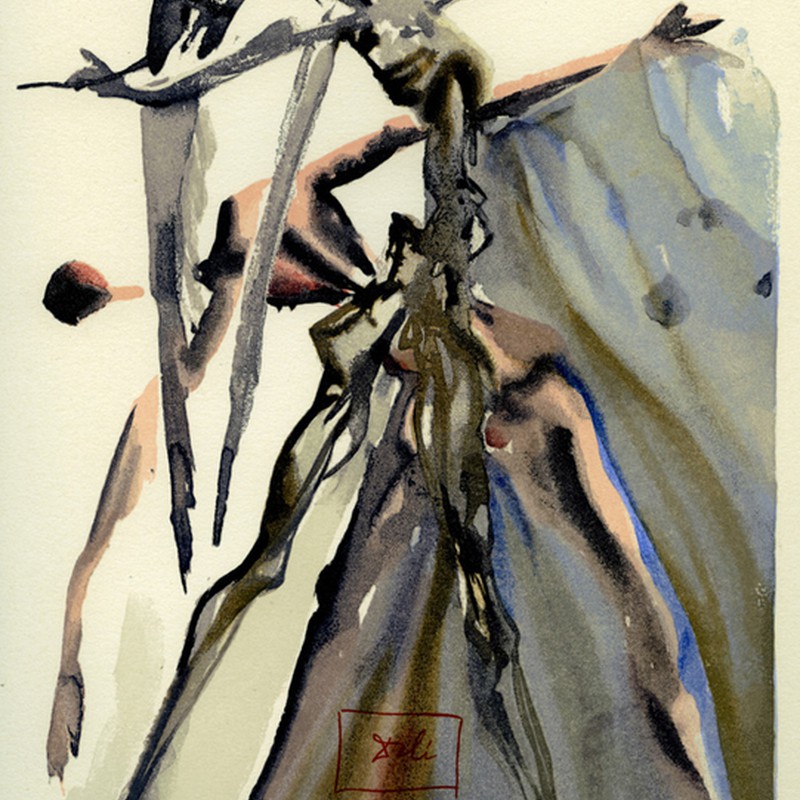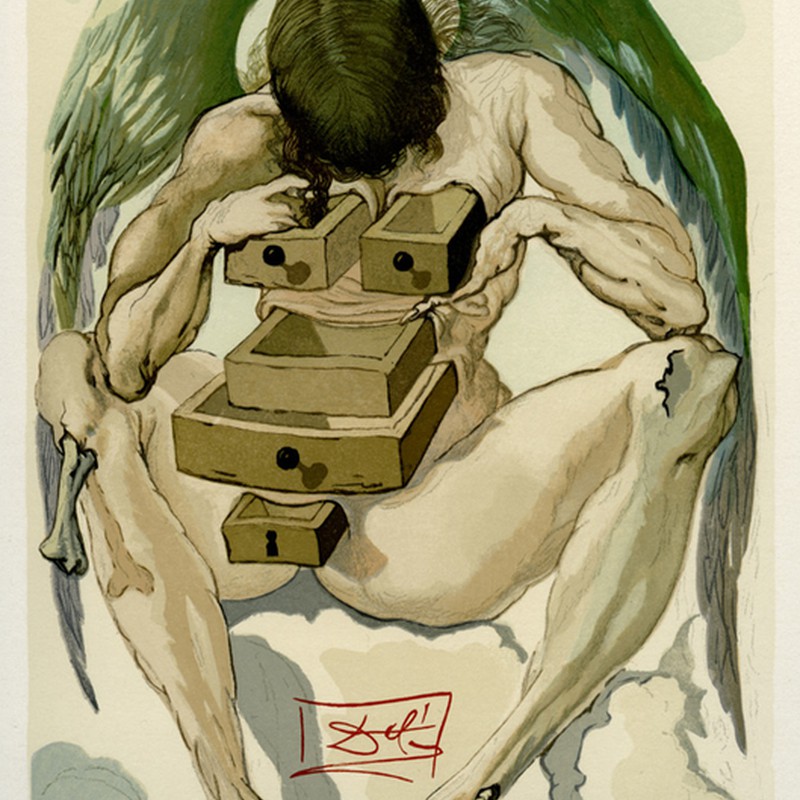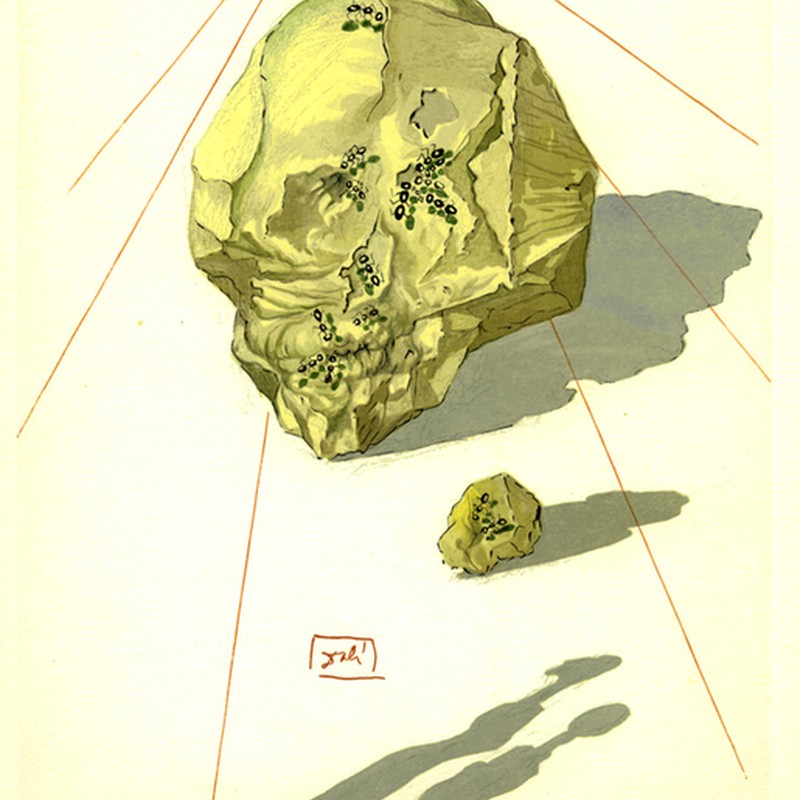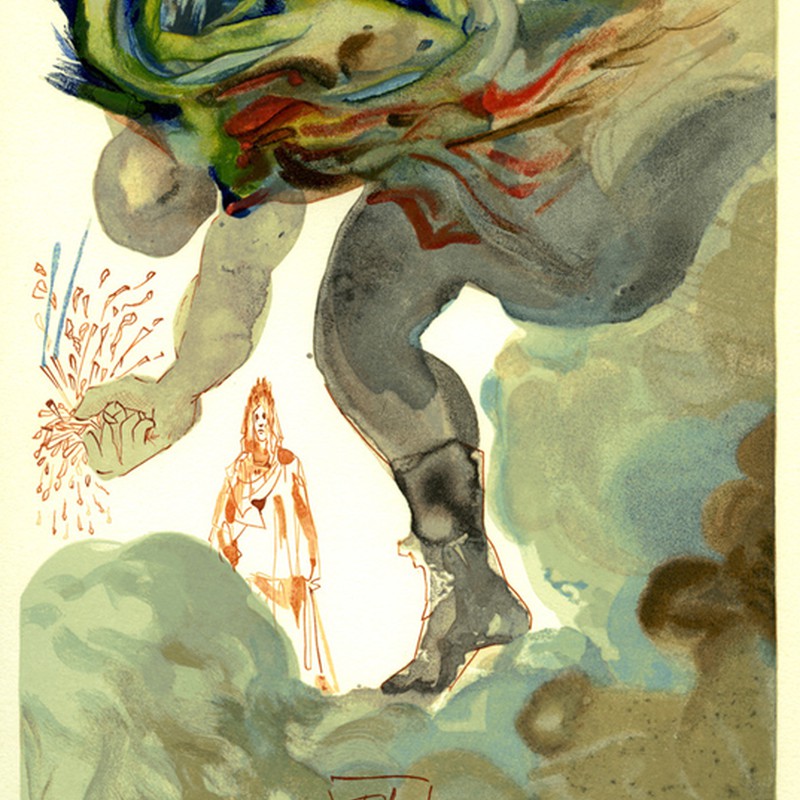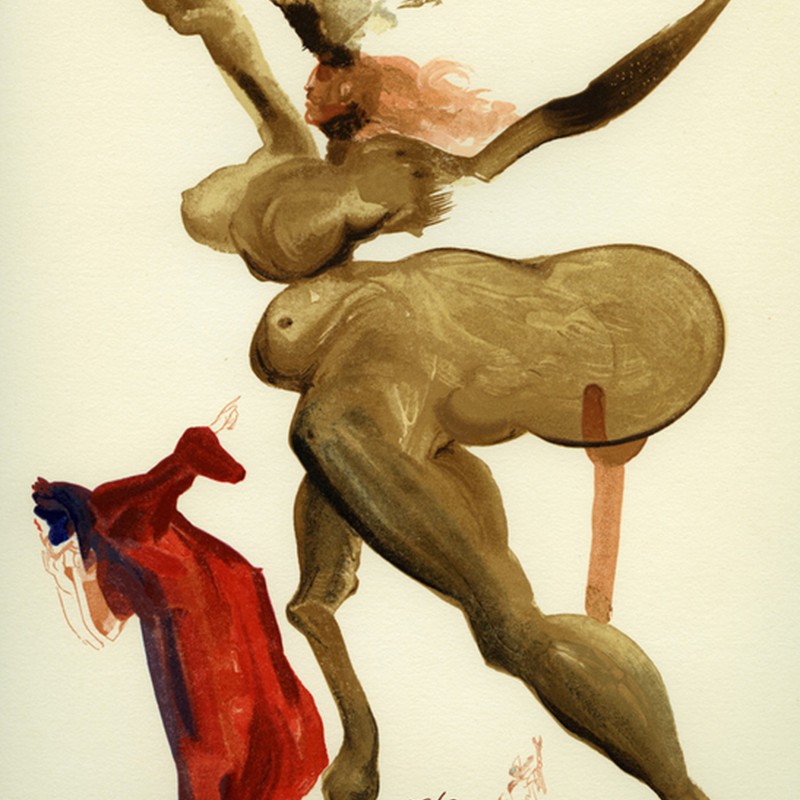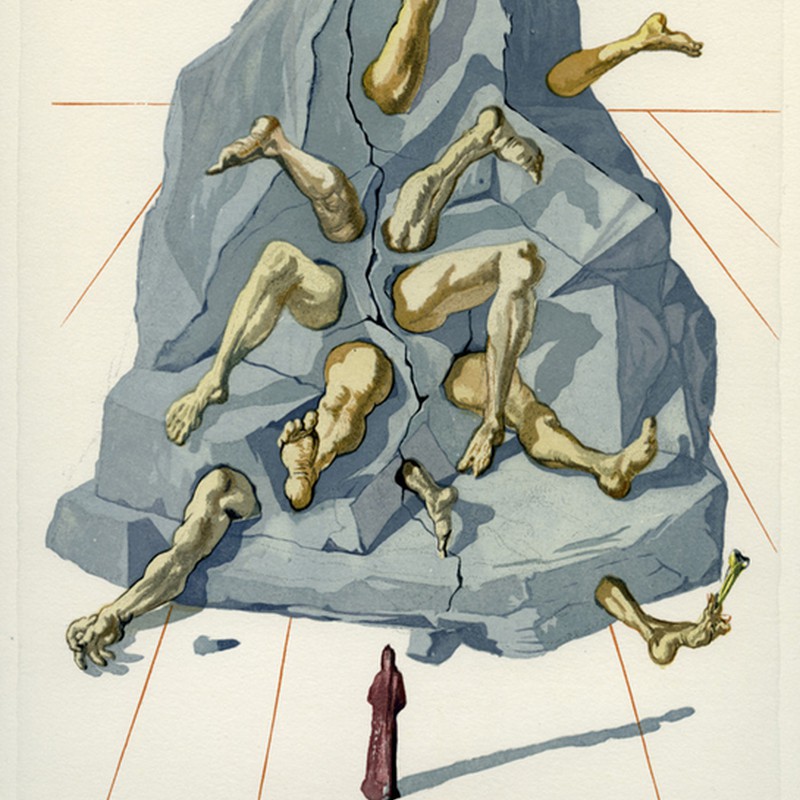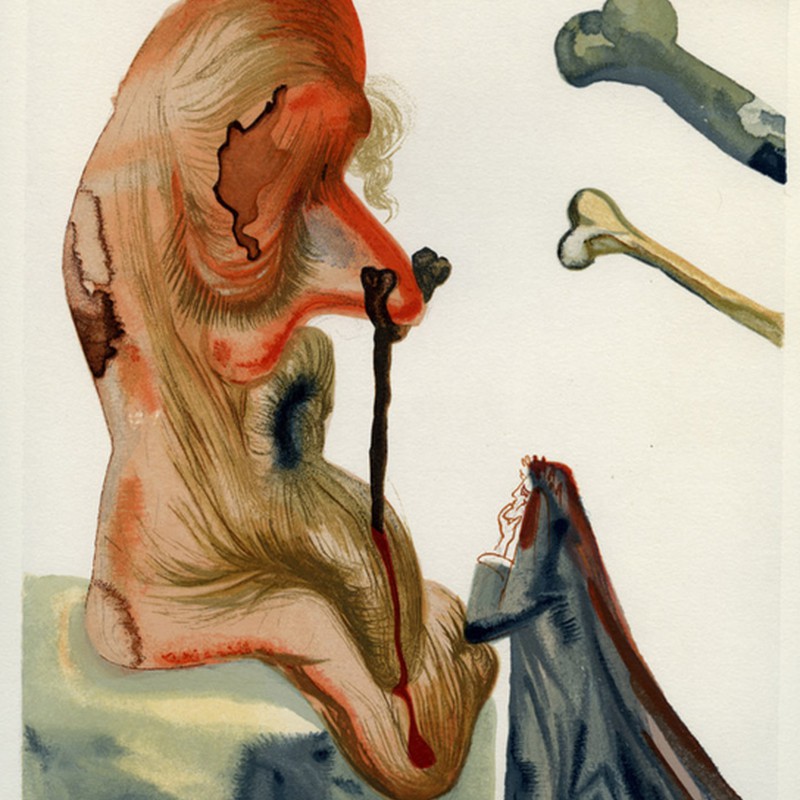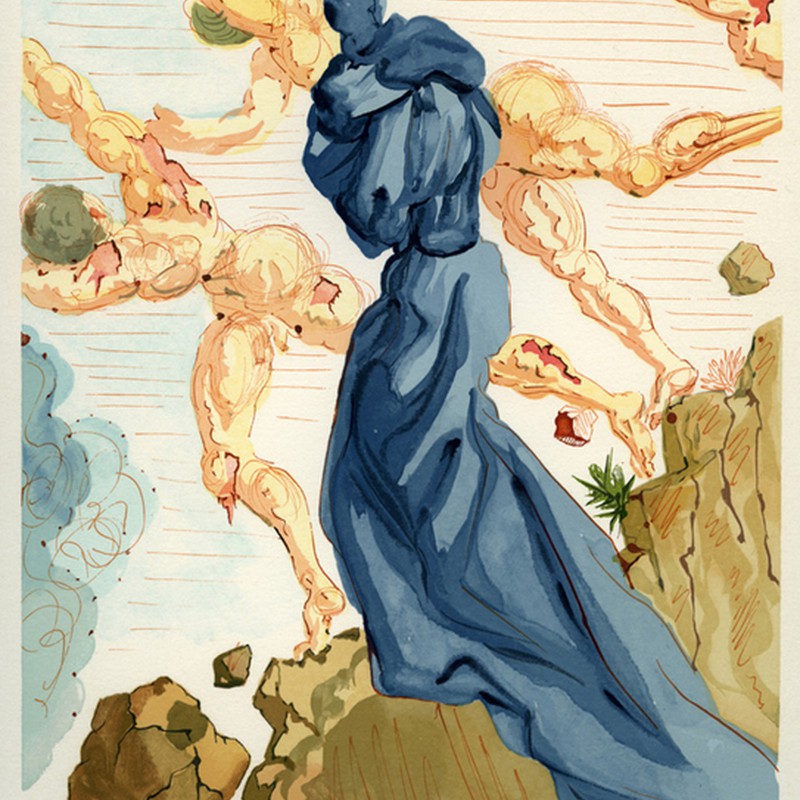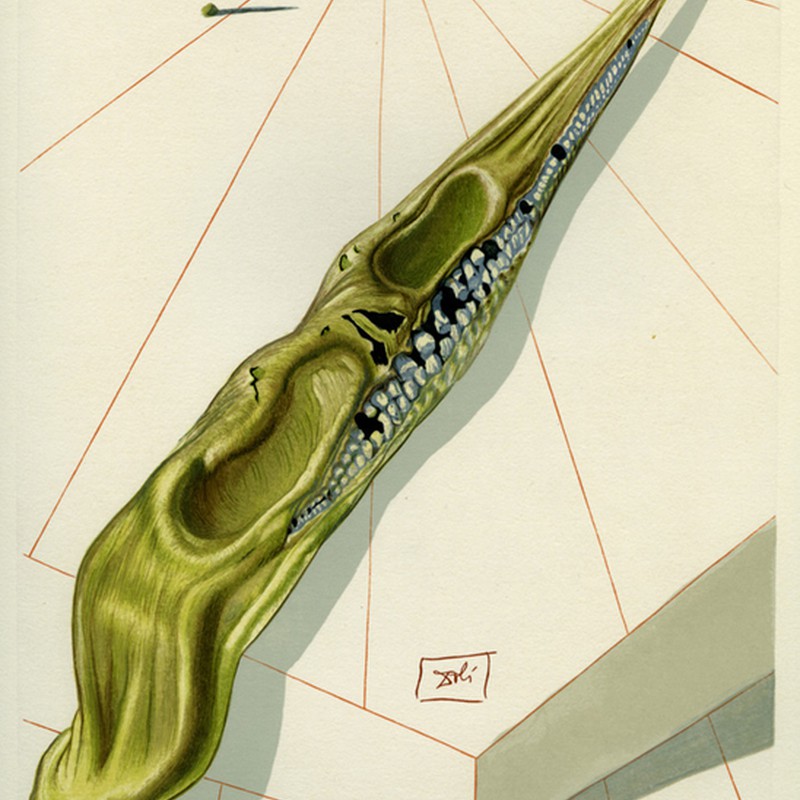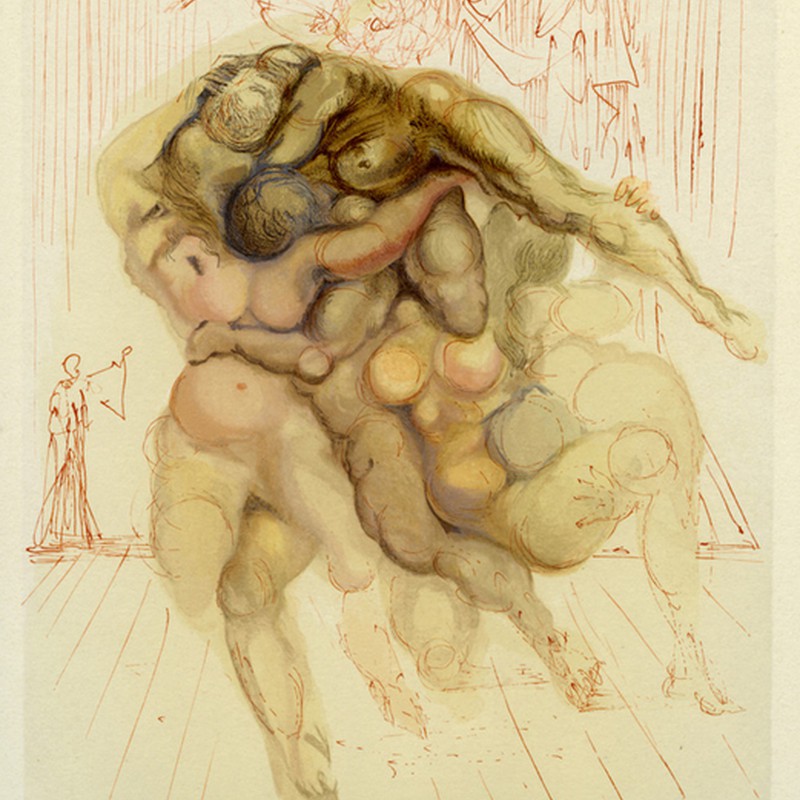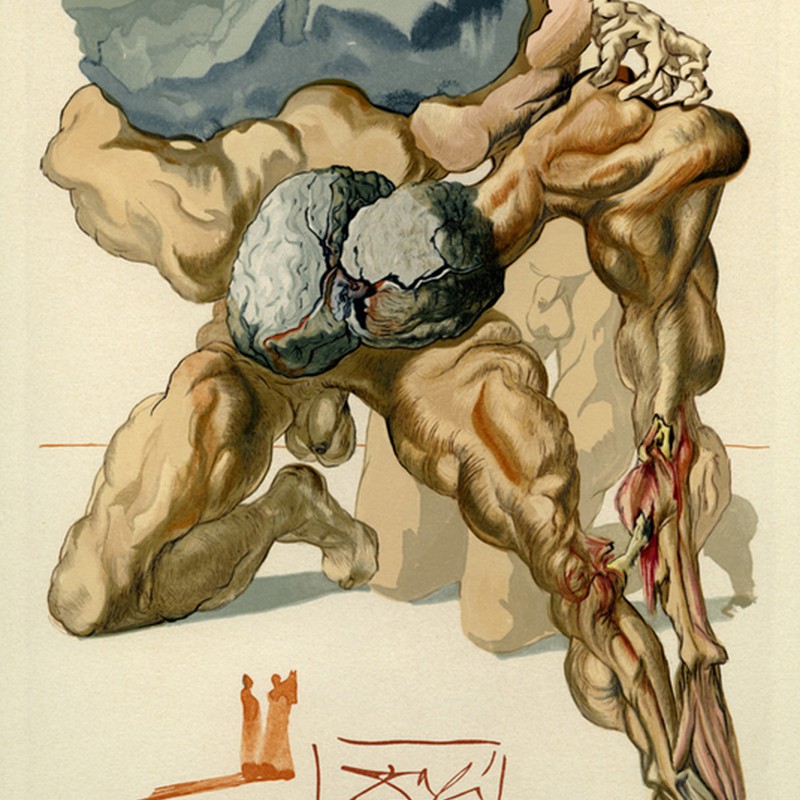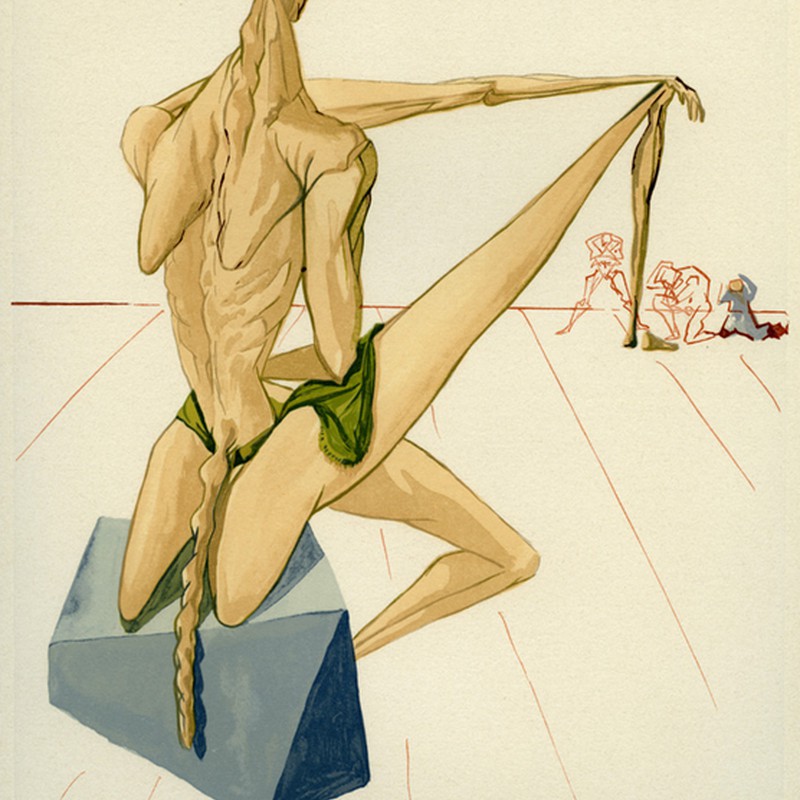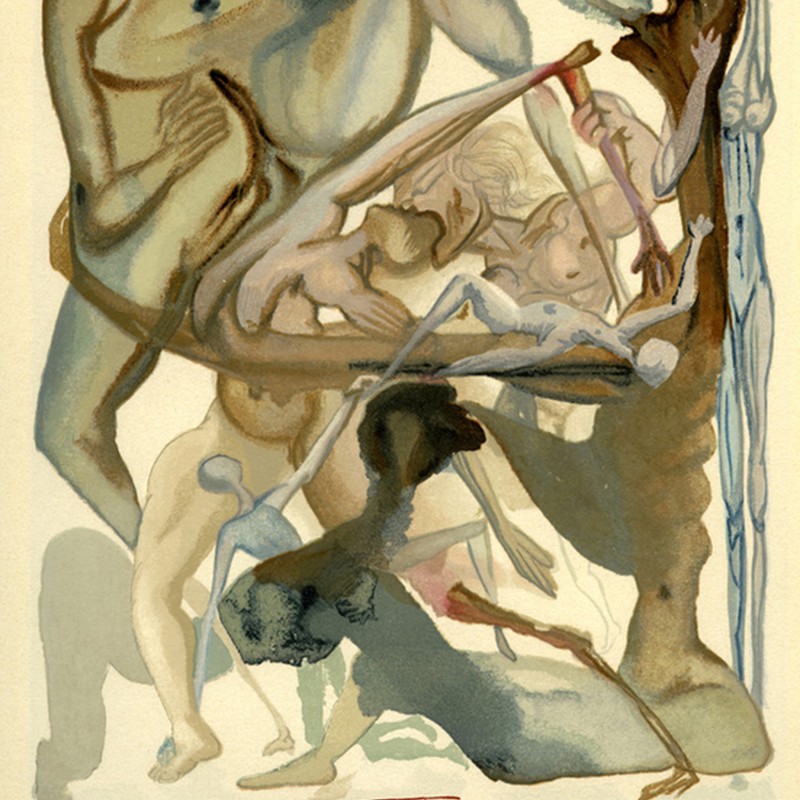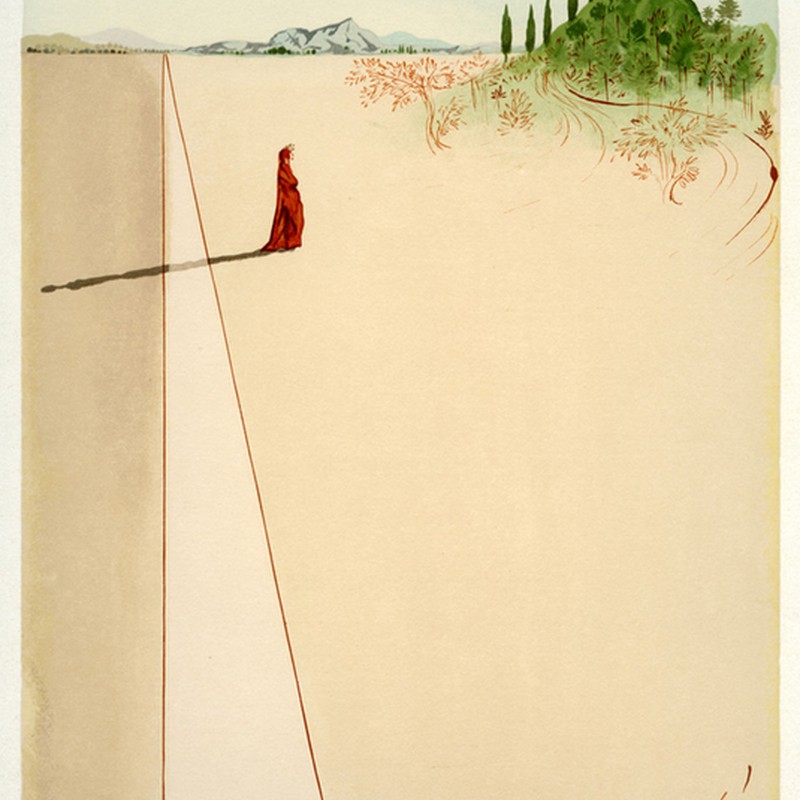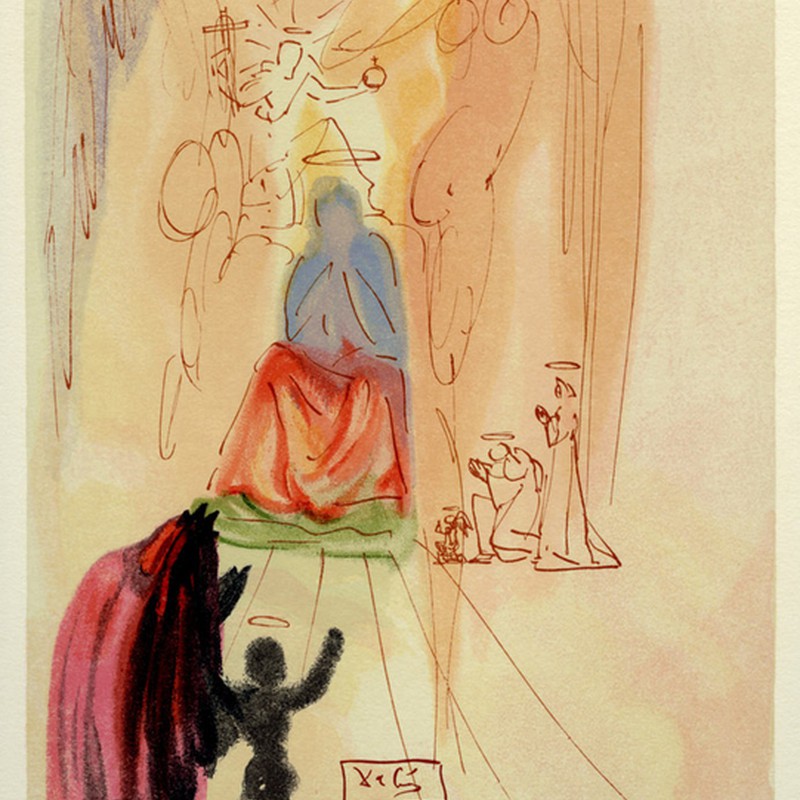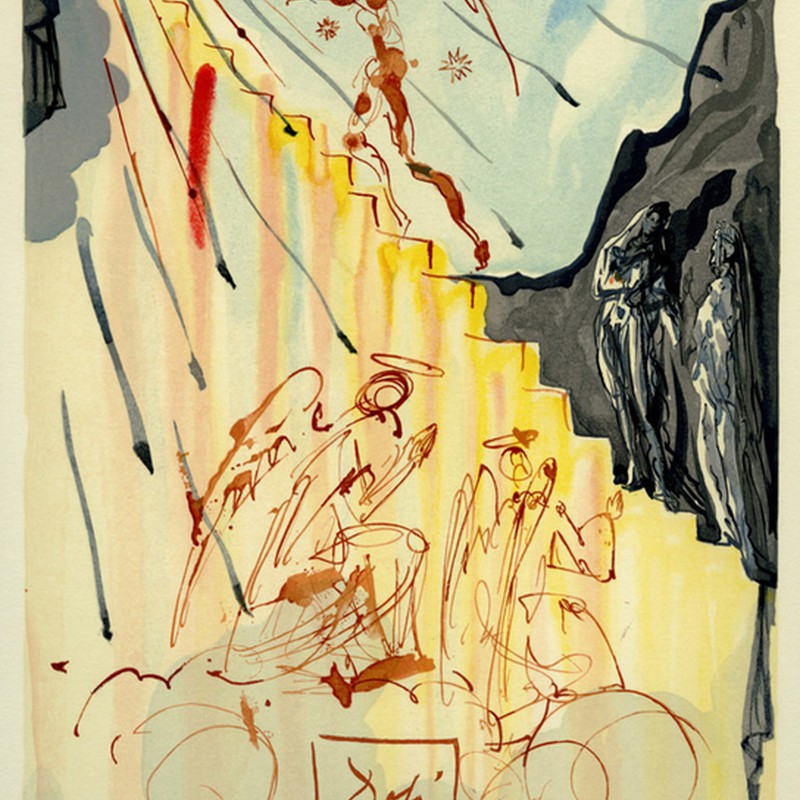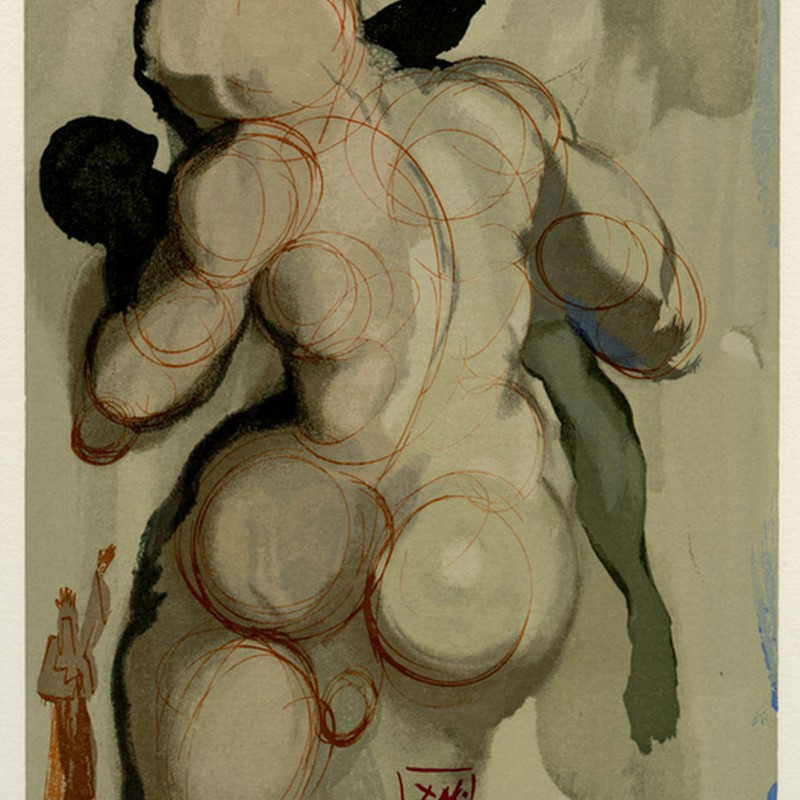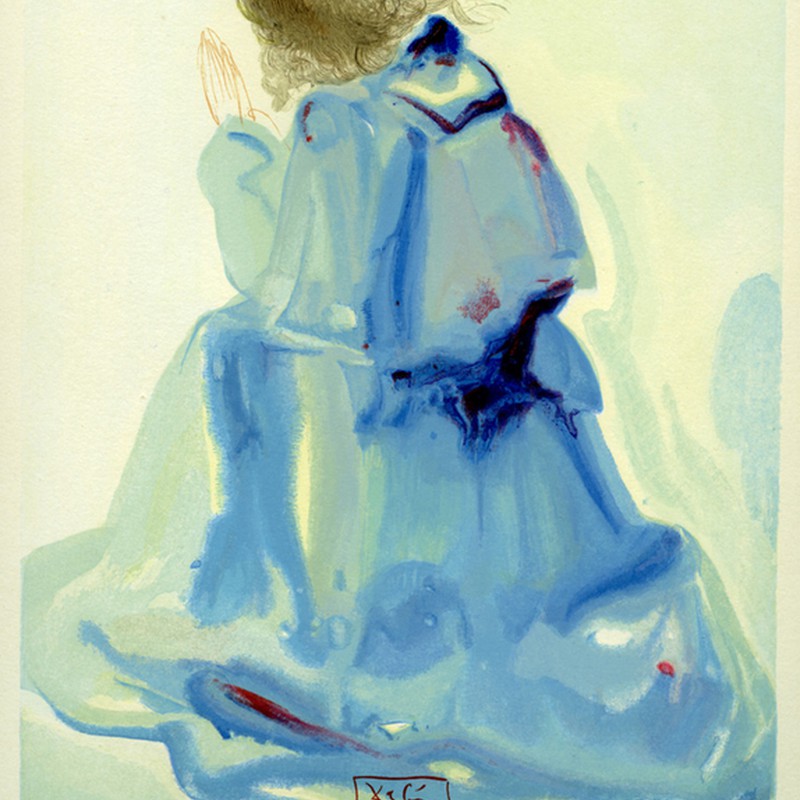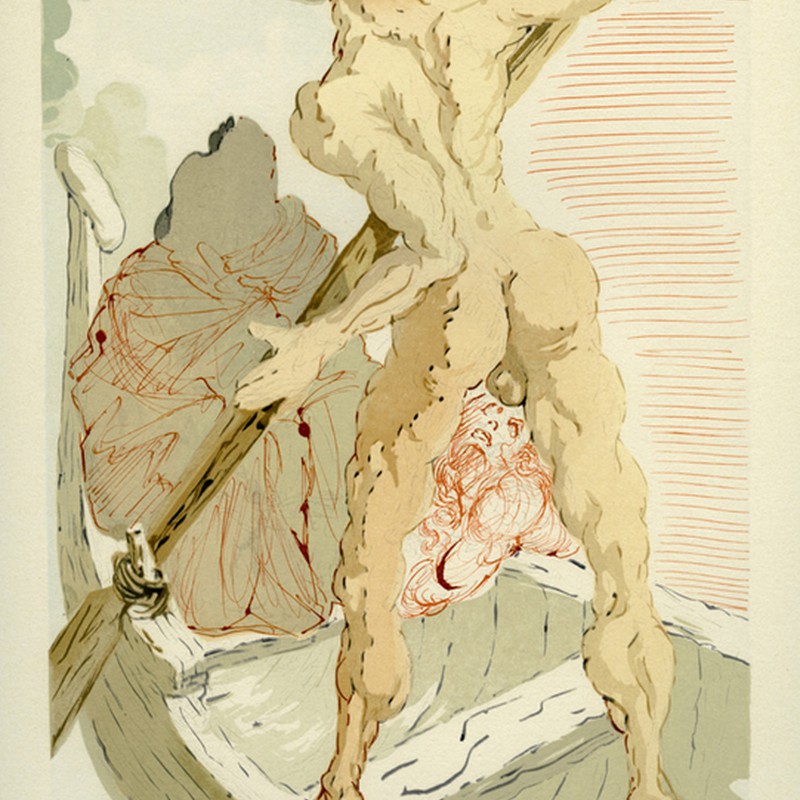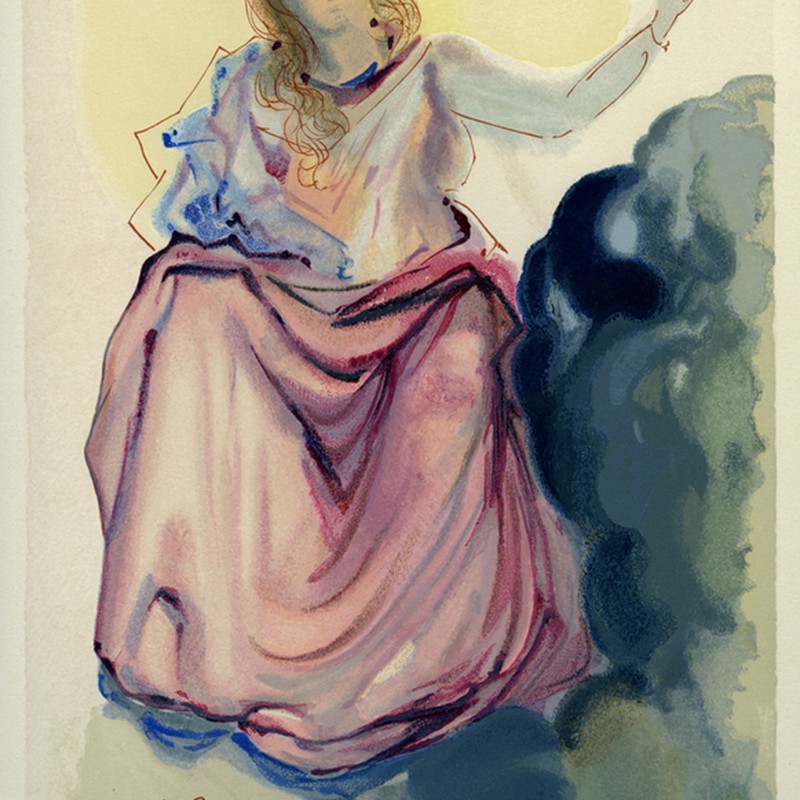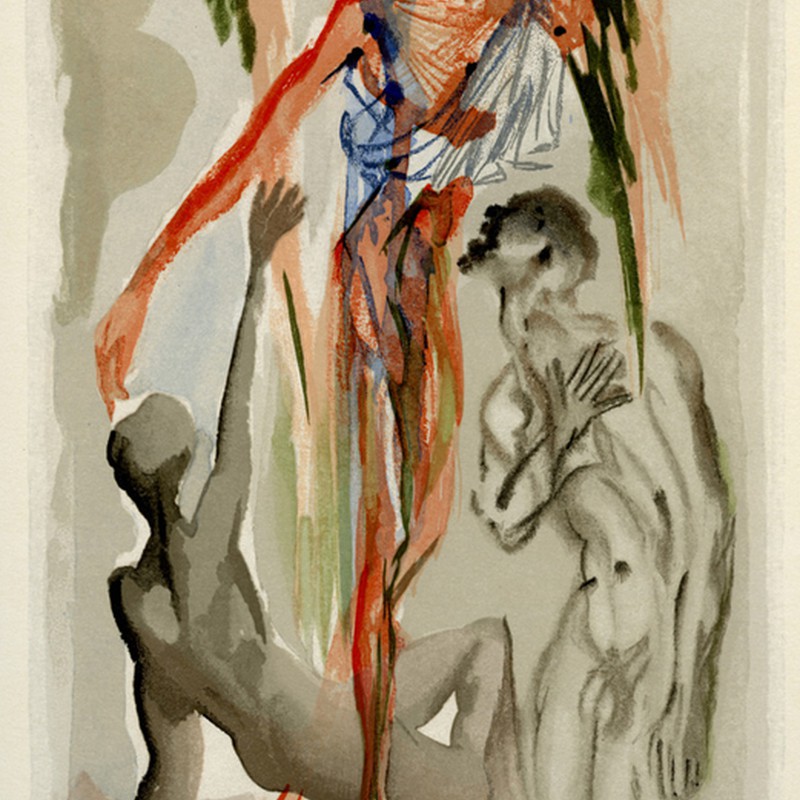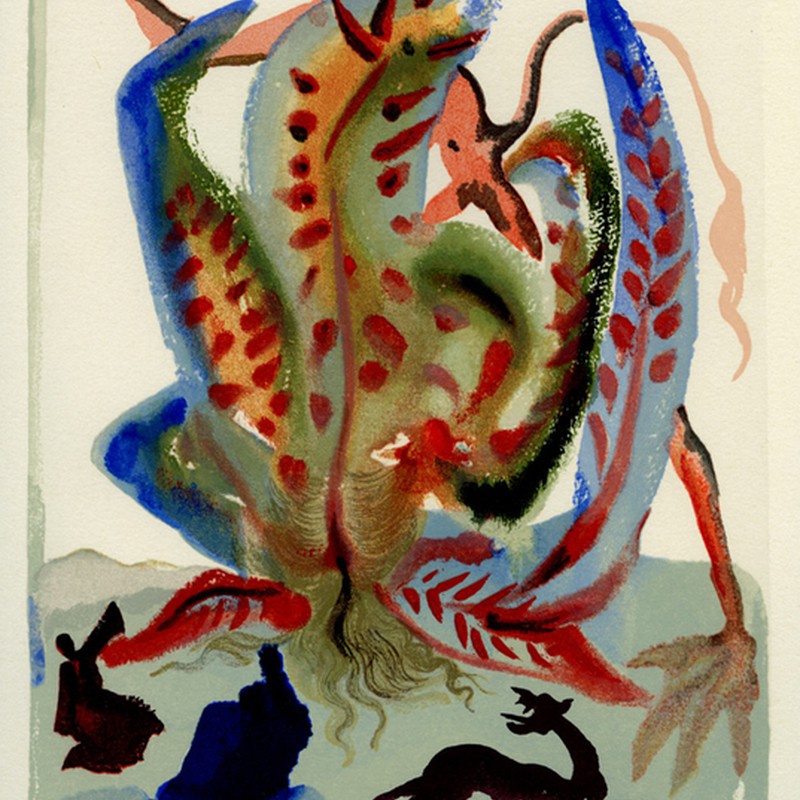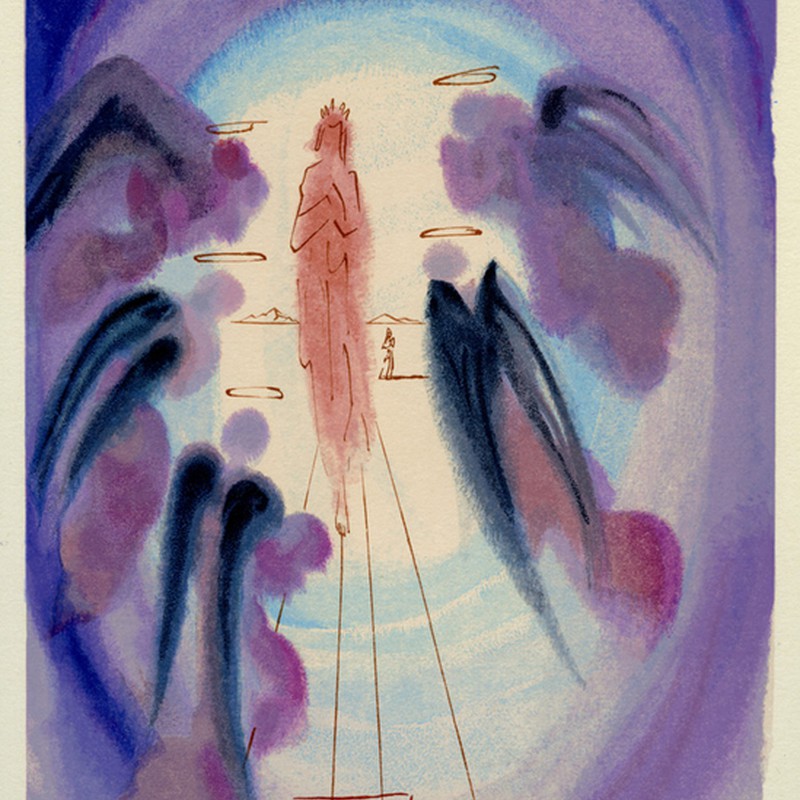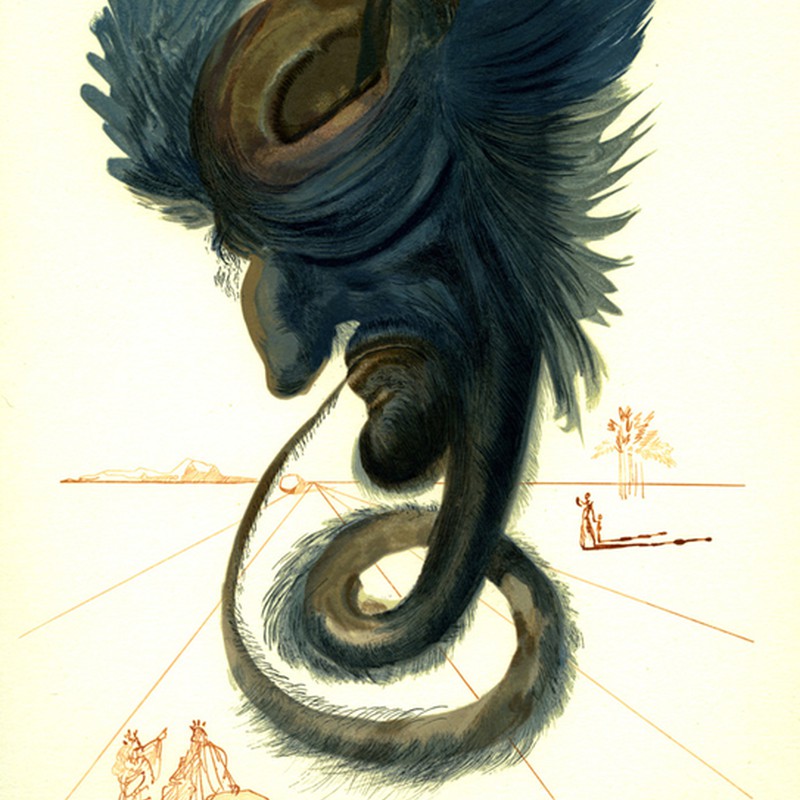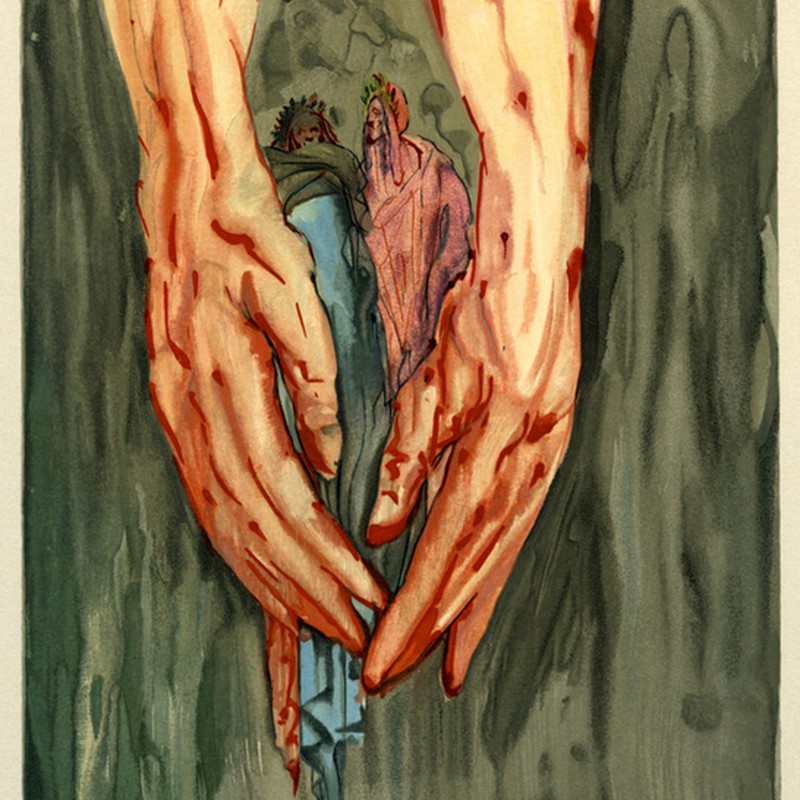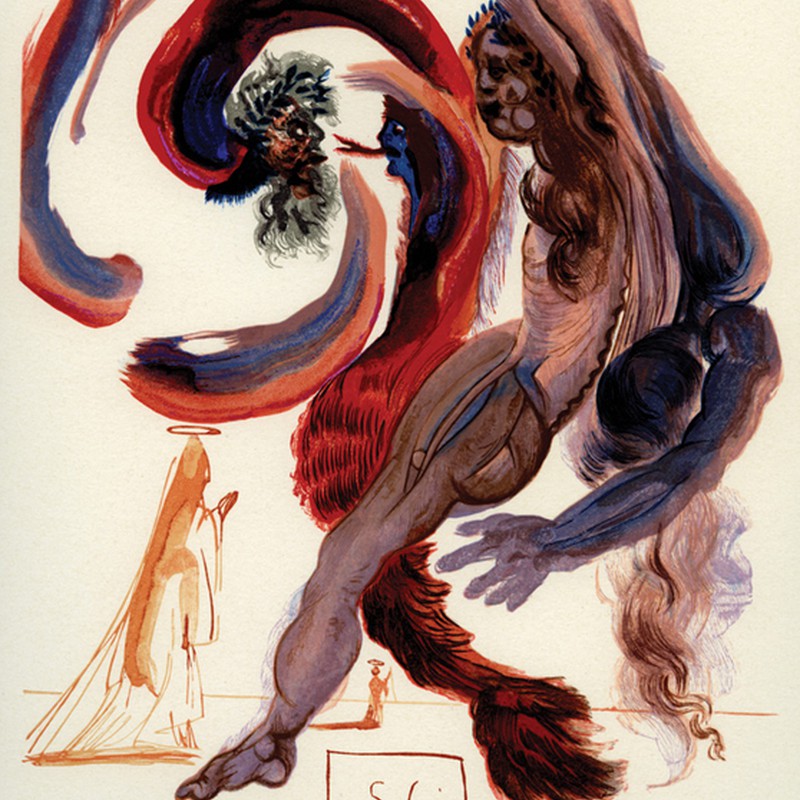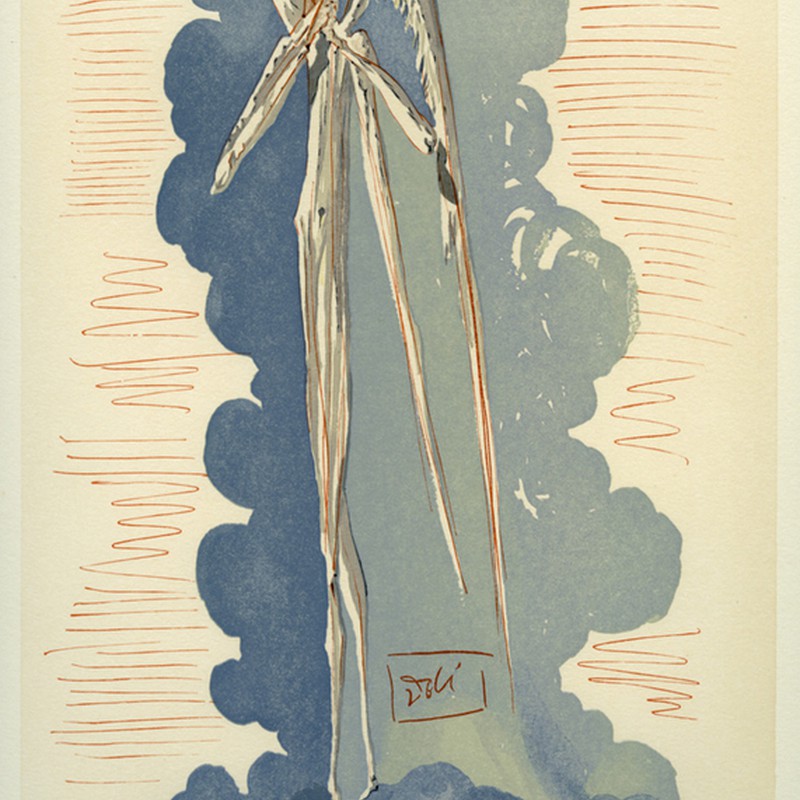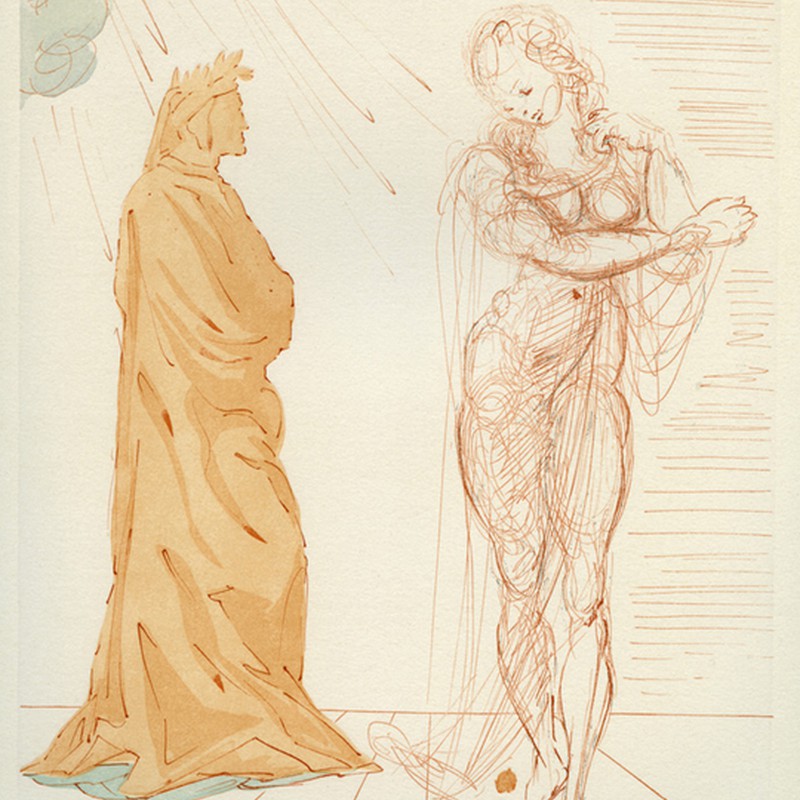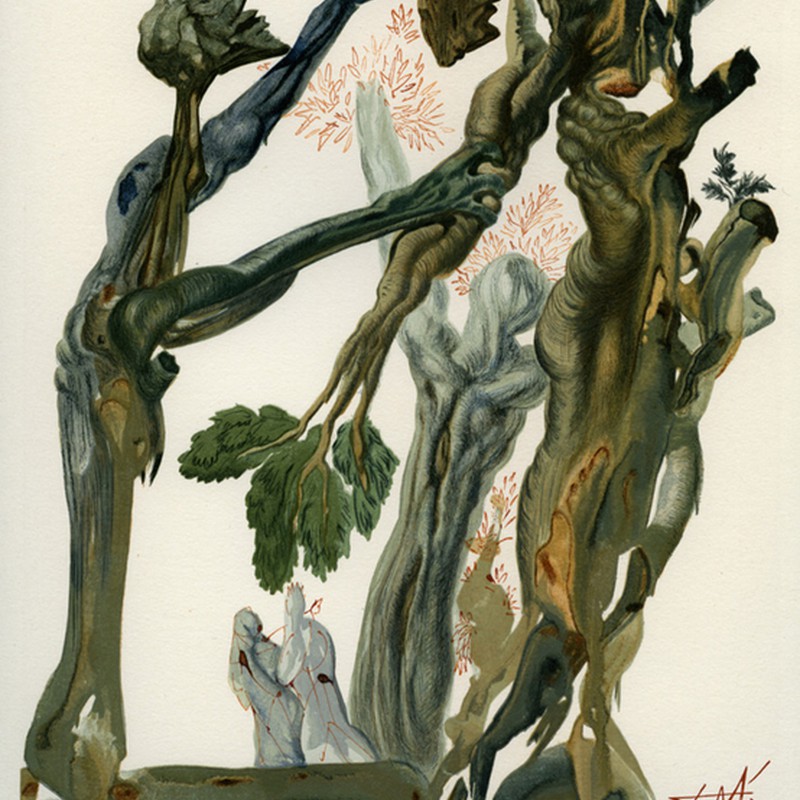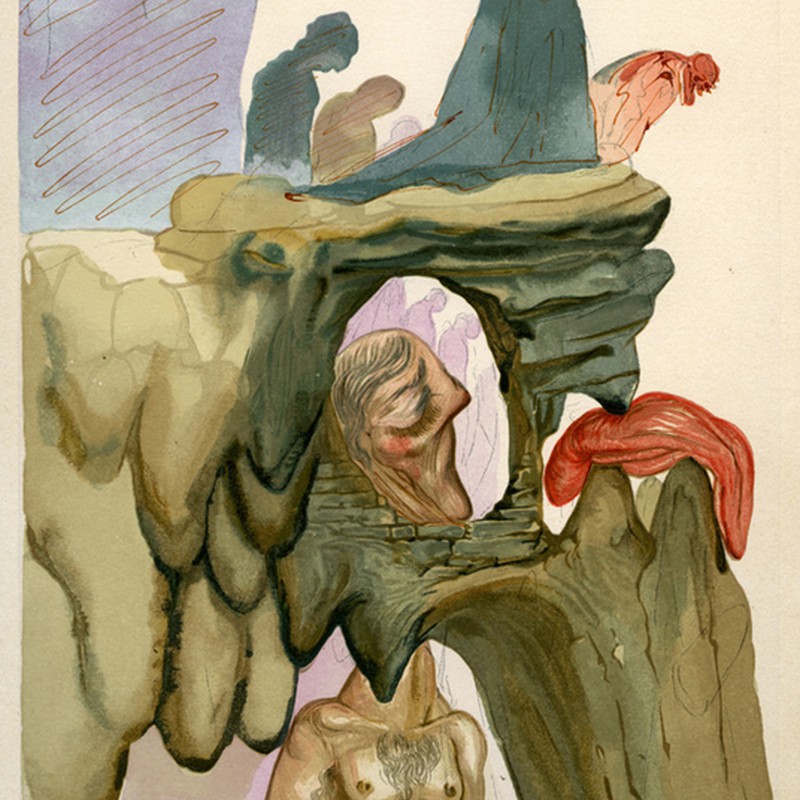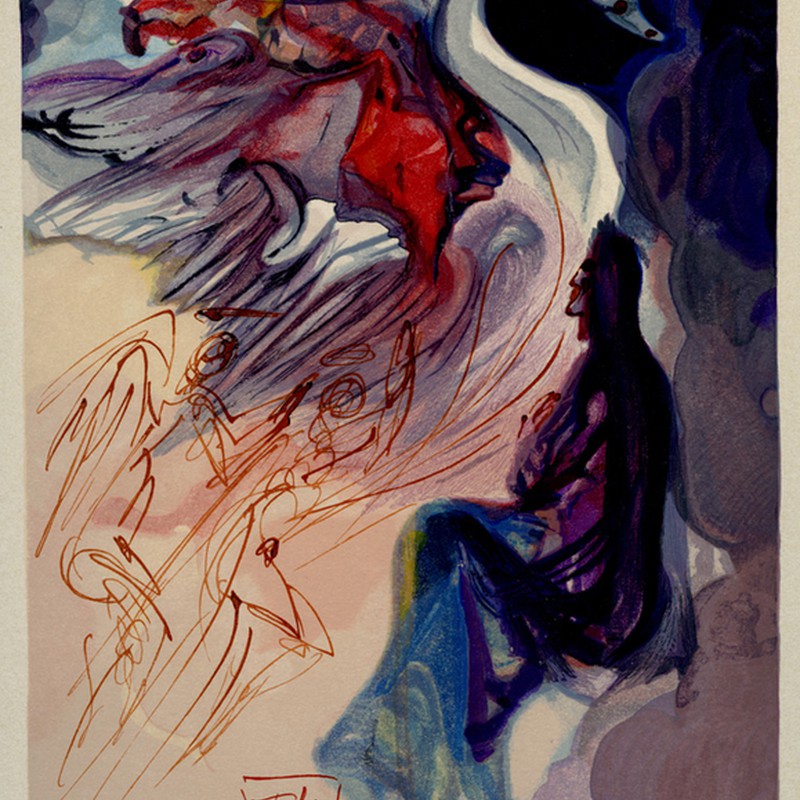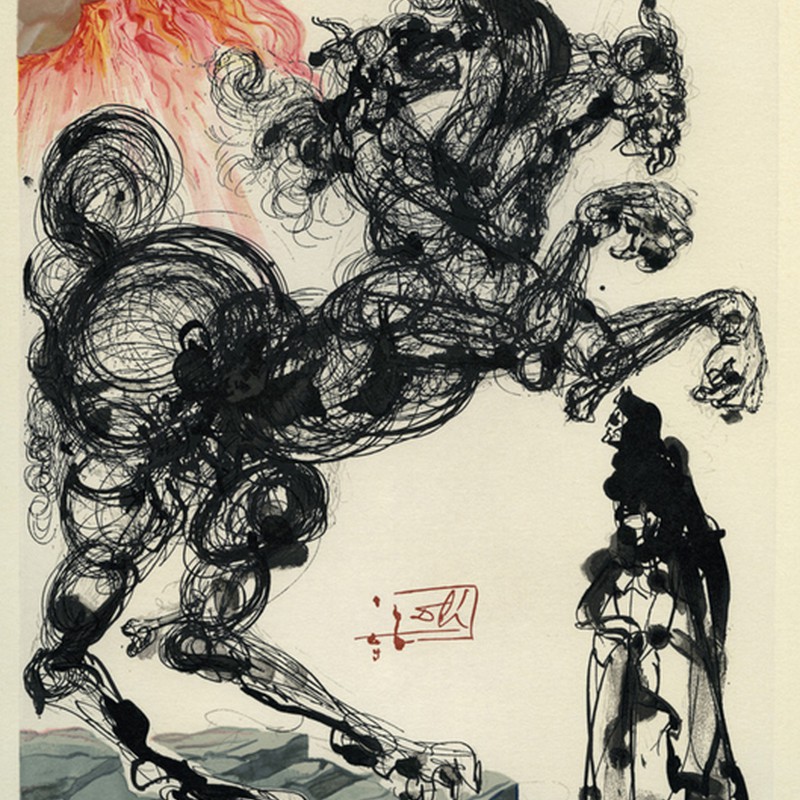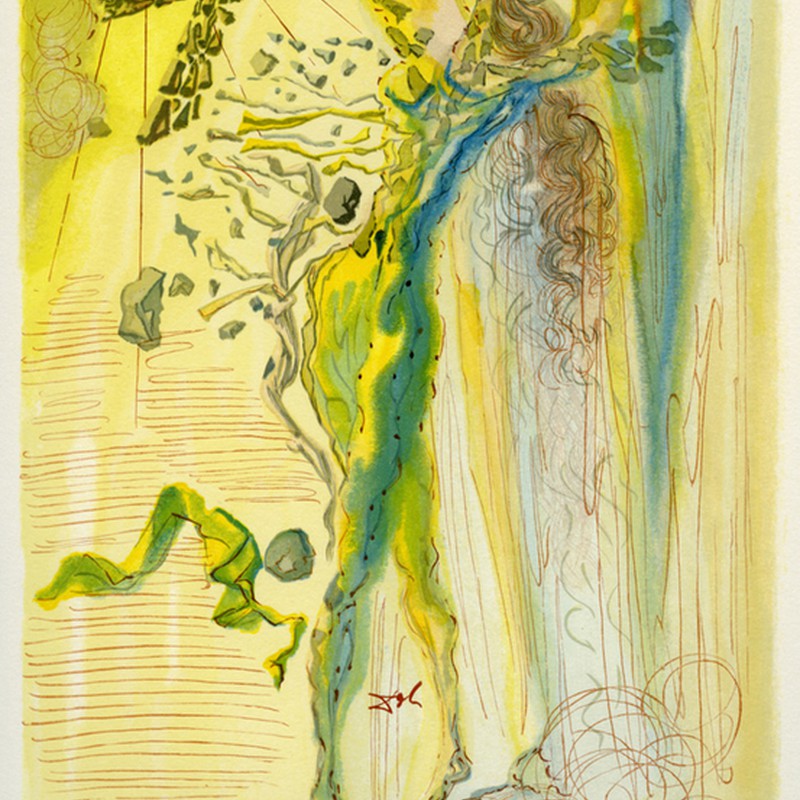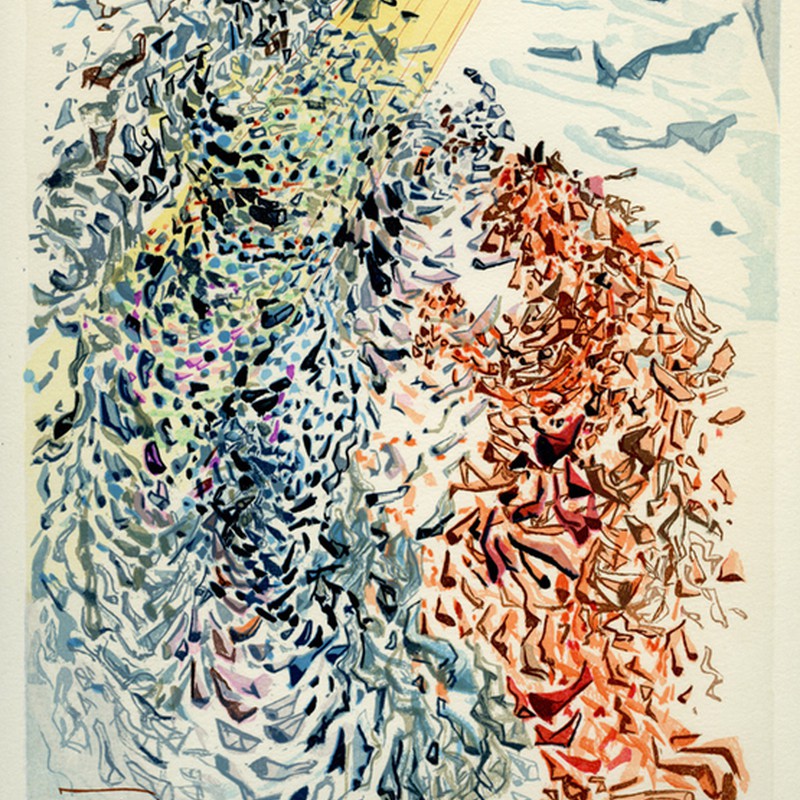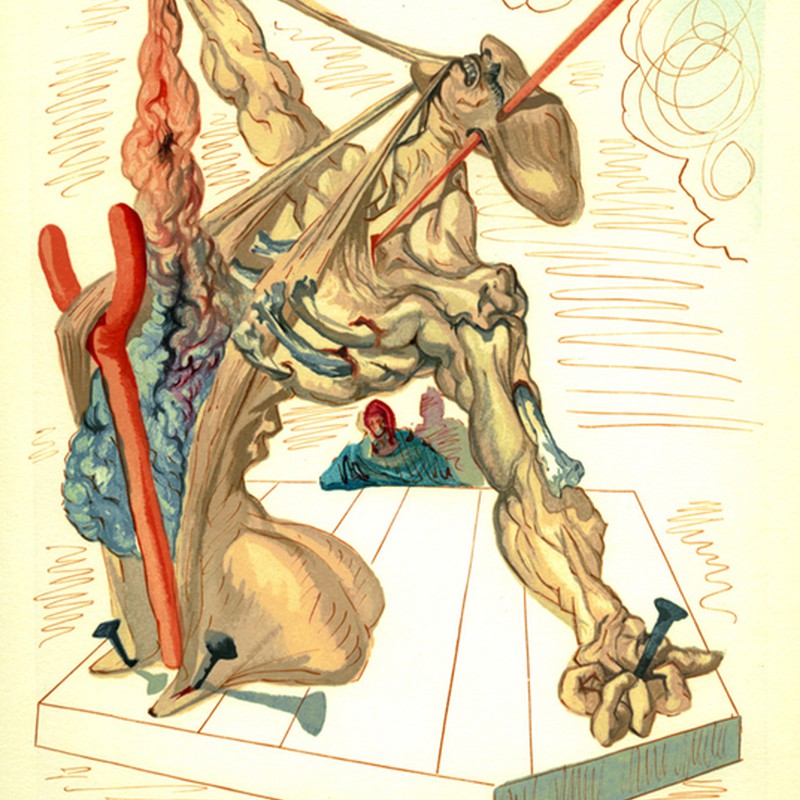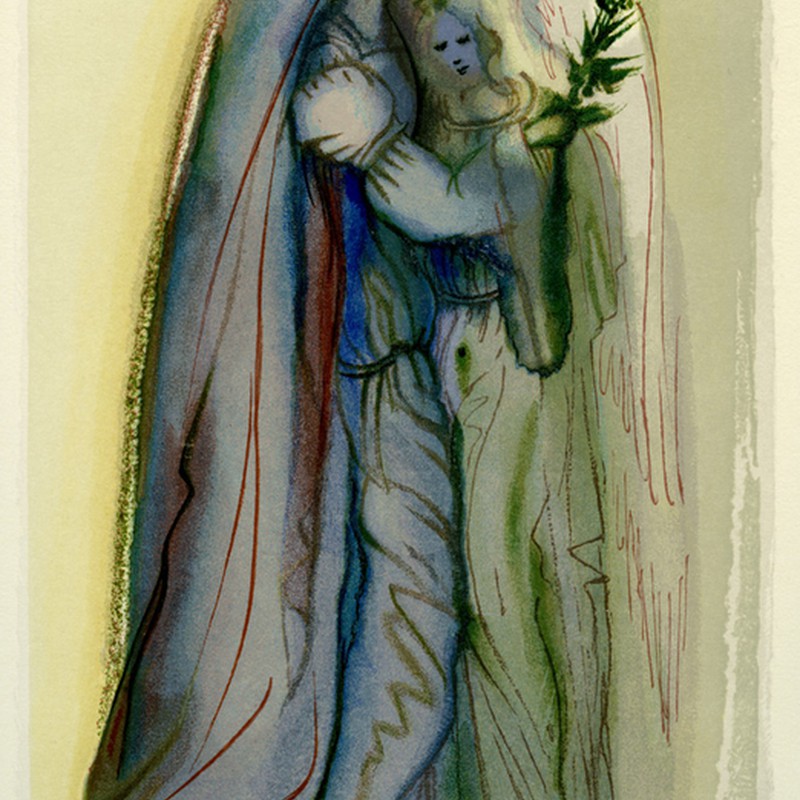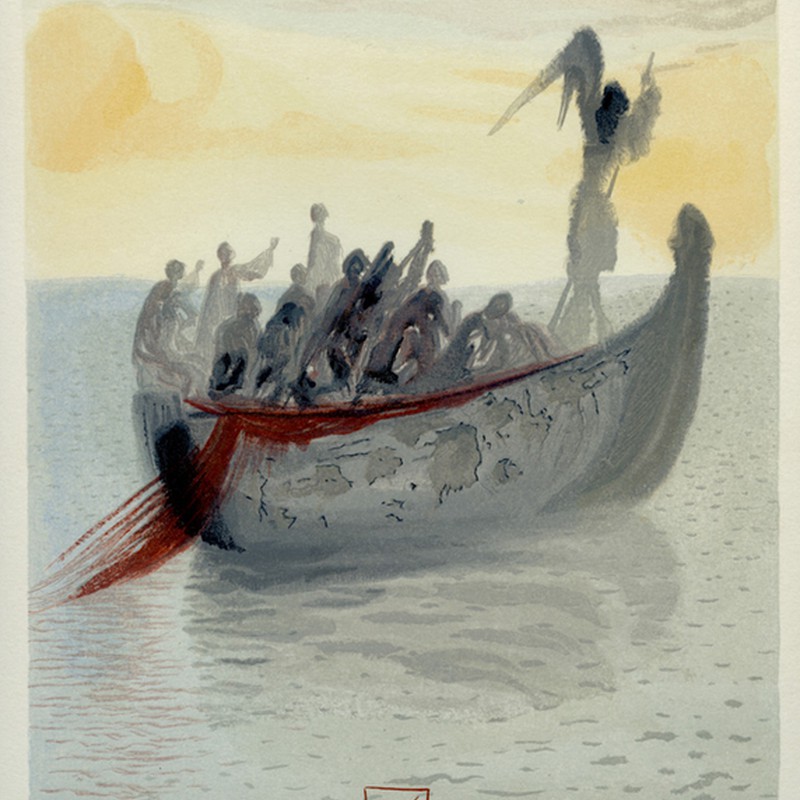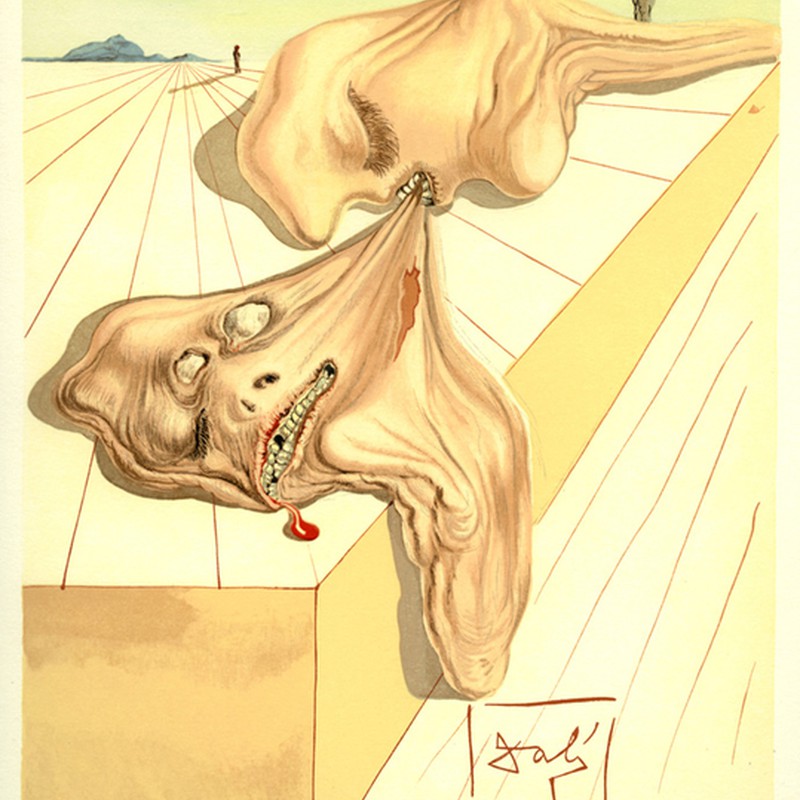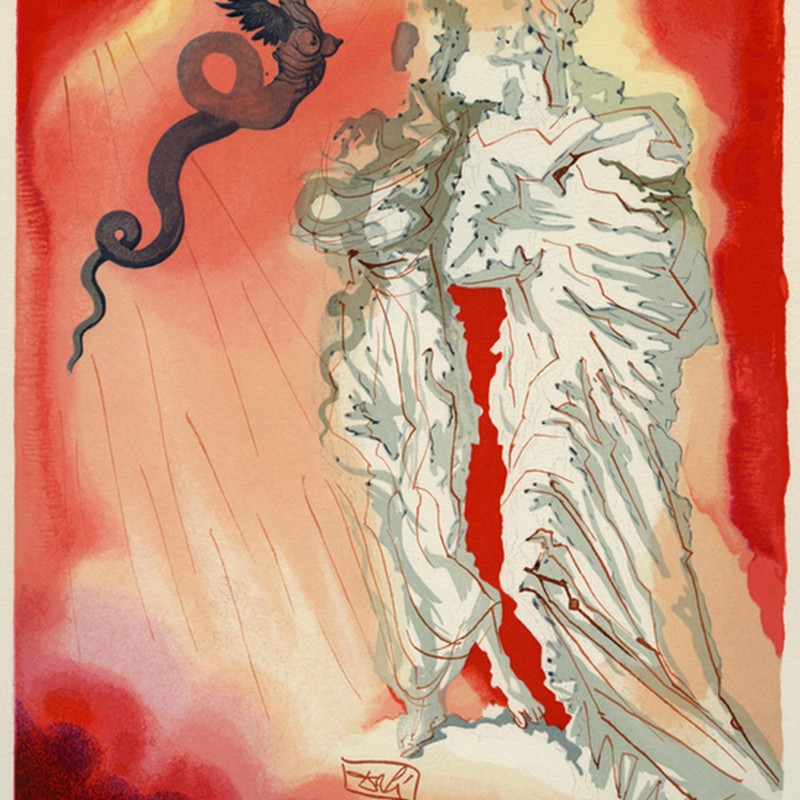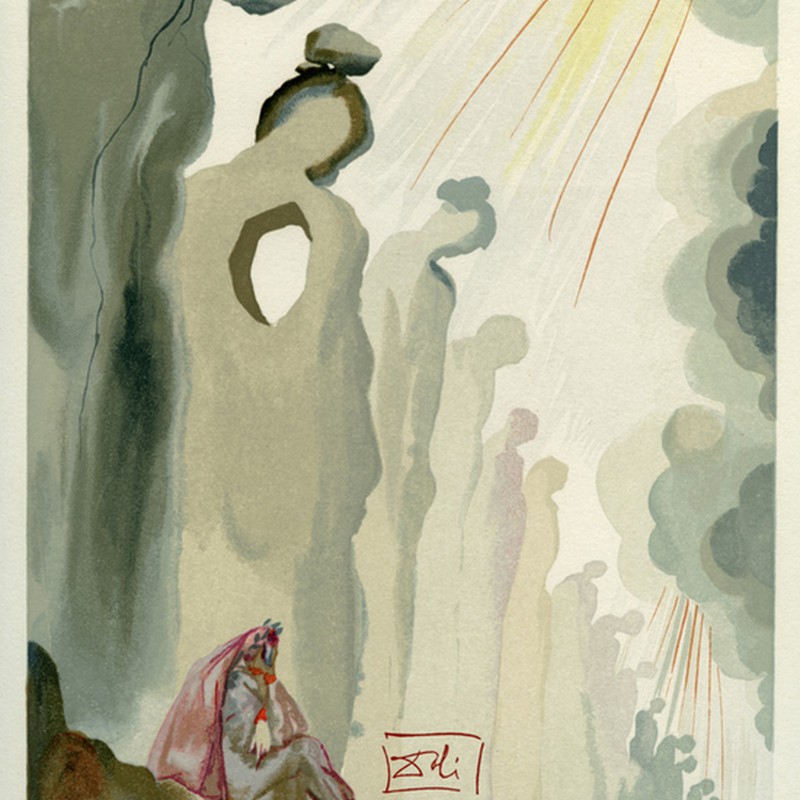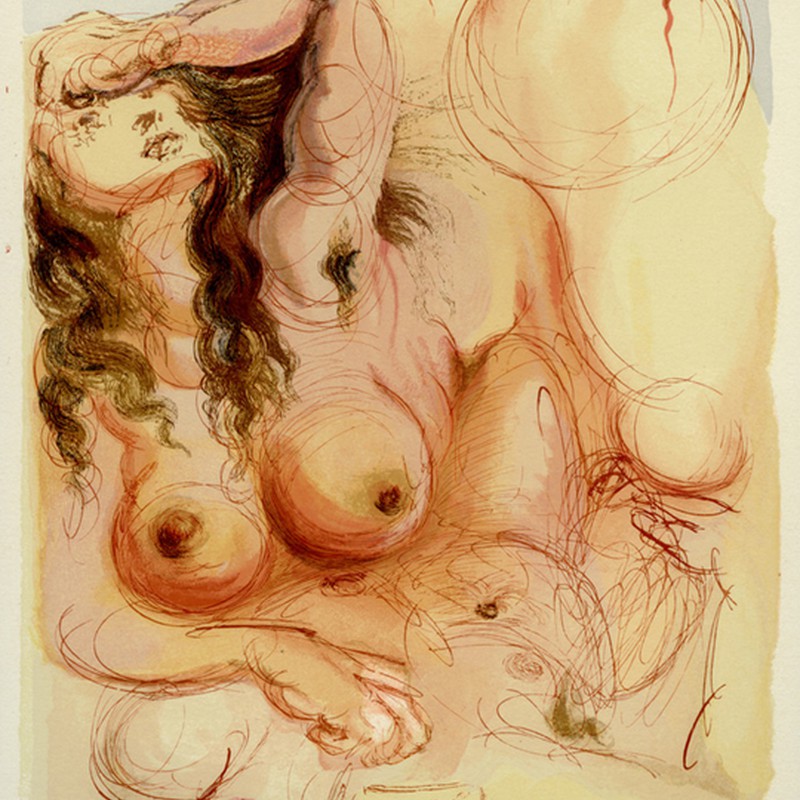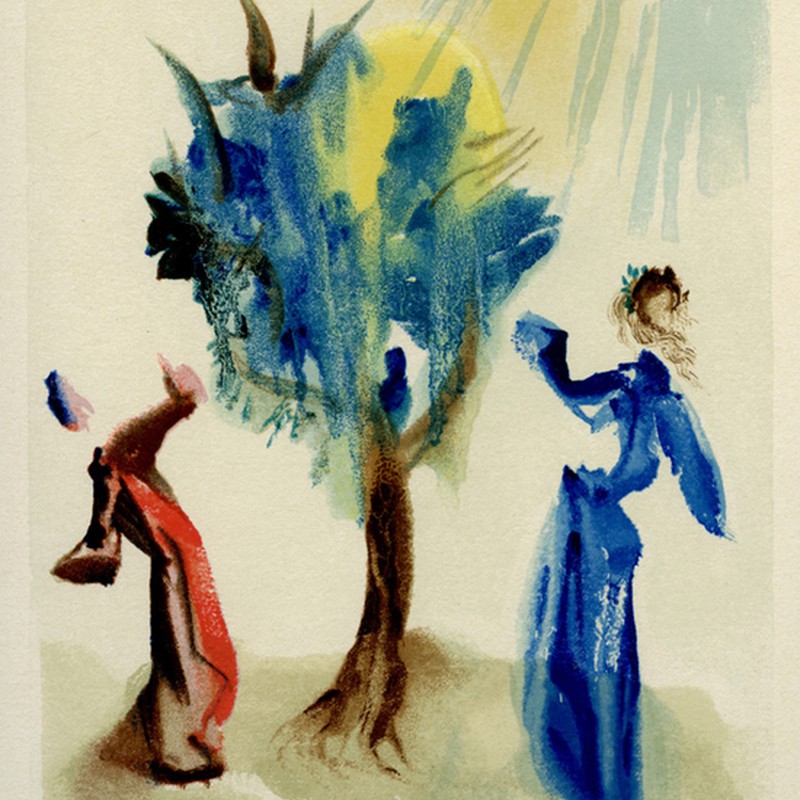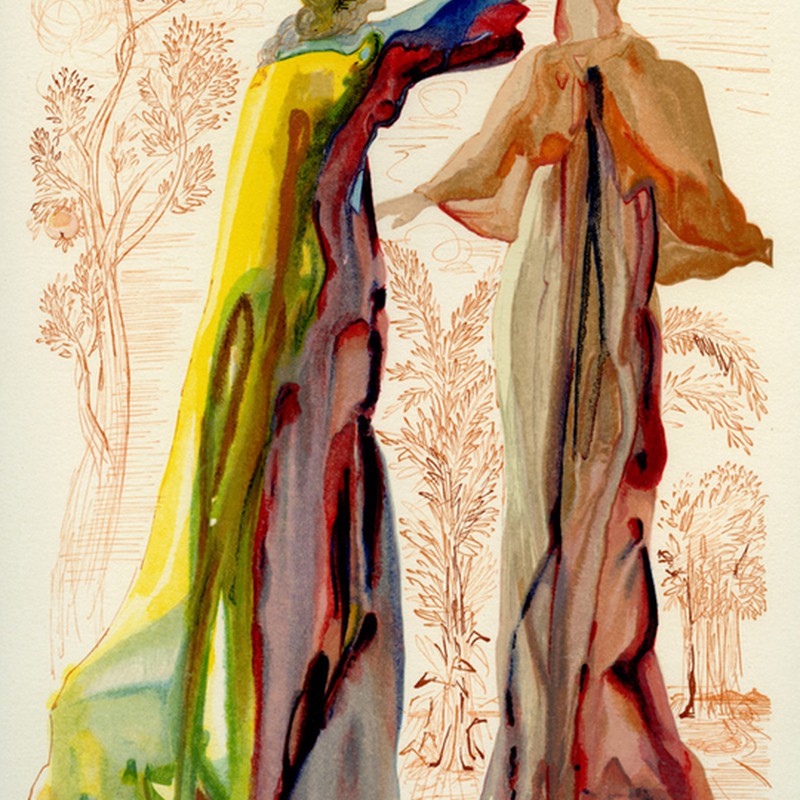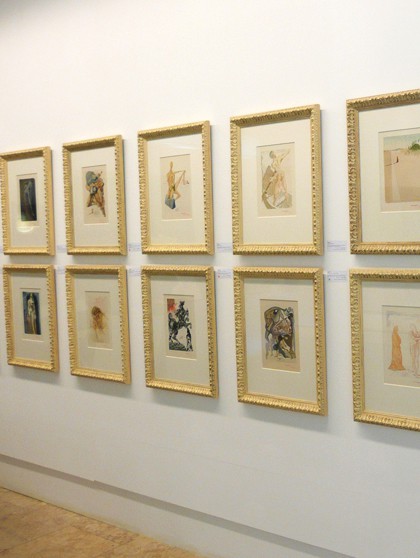
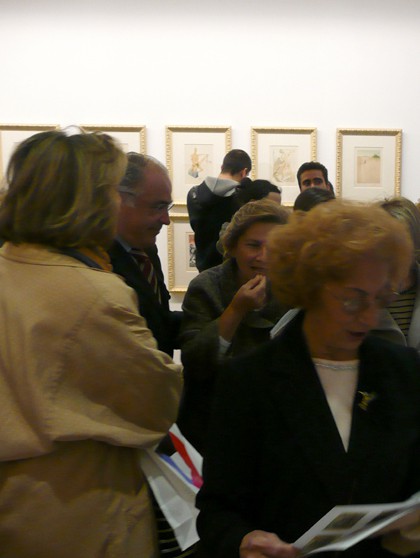
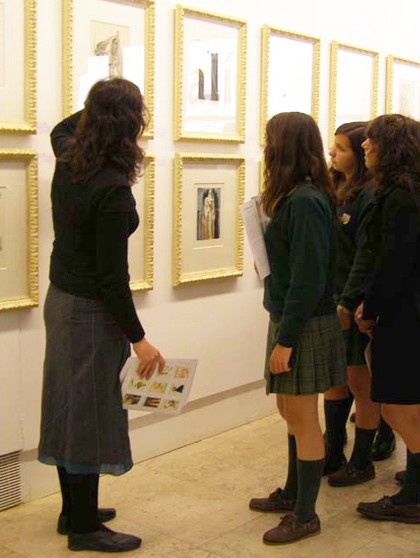
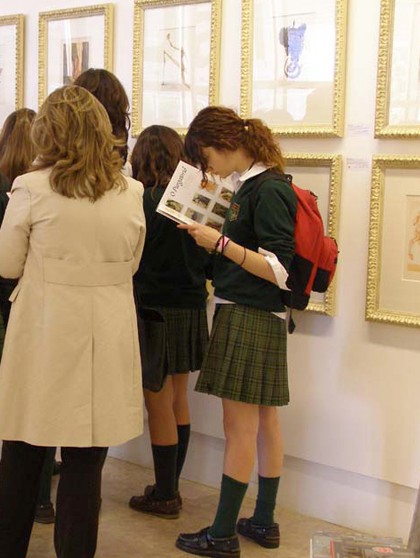
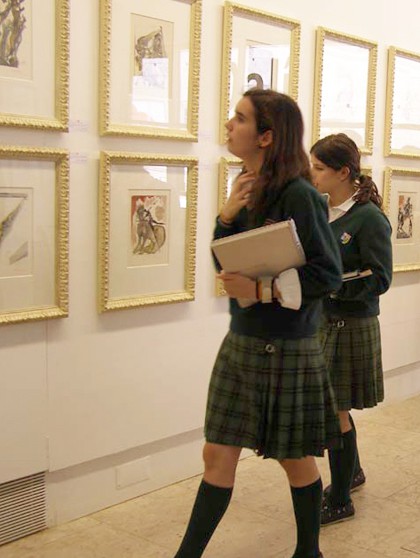

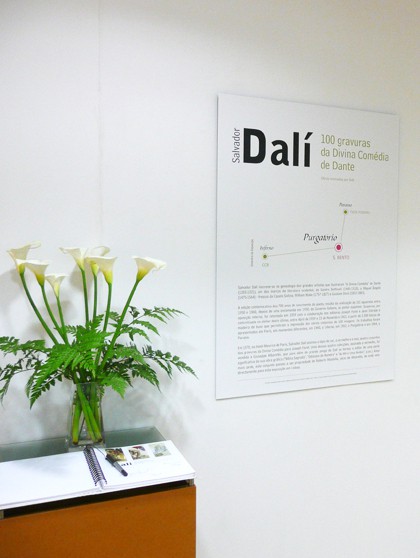
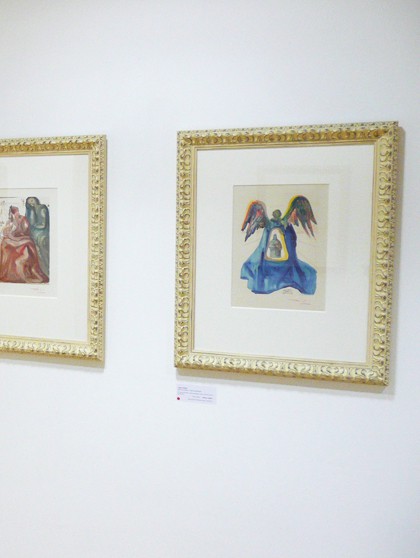
100 Engravings of Dante's Divine Comedy
The inauguration of the new gallery of the Portuguese Screen Printing Center at CCB is a great event. marked with an exhibition by Salvador Dalí, 100 Engravings of Dante's Divine Comedy.
The exhibition can be viewed and purchased between April 18th and May 25th in three spaces at the Portuguese Screen Printing Center in Lisbon: at the Centro Cultural de Belé ;m, Hell, at the CPS headquarters, São Bento, the Purgatory, in the Galeria das Twin Towers, in Campolide, Paradise.
Salvador Dalí is part of the genealogy of the great artists who illustrated this work, one of the landmarks of Western literature, from Sandro Botticelli (1445-1510), to Michelangelo (1475- 1564), (frescoes from the Sistine Chapel), William Blake (1757-1827) and Gustave Doré (1832-1883).
Hell, Purgatory and Paradise, in the vision of Salvador Dalí (1904-1989), are inspired by the immortal work of Dante Alighieri (1265-1321), “the great voice of the 1stª Renaissance, the highest poetic figure between Virgil and Shakespeare”, according to professor Marques Braga, one of his translators in Portugal. This allegorical poem, written between 1307 and 1321, will be considered unfolded mythically in 1300, in seven days, from the 7th to the 14th of April, precisely the month during which it will be revealed. Among us is this magnificent work, through the creation of the genius Spanish painter.
The poem, which reflects a medieval worldview, written in triplets, is divided into three parts and one hundred Cantos, during which the Poet undertakes an imaginary journey , first to the infernal circles, accompanied by Virgil, until to the center of the Earth where Lucifer is, then returning to the center of the Earth. Earth's surface, climbs the mountain of Purgatory, to, guided by his beloved Beatriz, be admitted to paradise, from where flying through the nine heavens, he ends the wonderful journey in contemplation ;divine action.
The timeless frieze of human misfortunes and fortunes, of sins and virtues, in the rawness and poetry of their images, parades before our eyes in Dante's poetry, culminating in the revelation of light and Love " that moves the Sun and the other stars”. It shines today in the instinctual and dreamlike reality of Salvador Dalí, in the exhibition of one hundred engravings that we can now appreciate in Lisbon, in the various spaces those of the Portuguese Screen Printing Center.
The edition commemorating the 700th anniversary of the poet's birth is the result of the creation of 101 watercolors between 1950 and 1960, following a commission in 1950 from the Italian Government , to the Spanish painter. Suspended due to internal opposition, it was resumed in 1959 with the collaboration of editors Joseph Foret and Jean Estrade and implemented in the latter's studio , between April 1959 and November 23, 1963, from 3500 wooden blocks that allowed the printing of various sets of 100 images. The works were presented in Paris, at different times, in 1960, Inferno, in 1962, Purgatory and in 1964, Paradise.
In 1970, at the Hotel Meurice in Paris, Salvador Dalí signed in colored pencil, in red and blue, four sets of engravings of the Divine Comedy for Joseph Foret.One of these four collections, signed in red, was sold to Giuseppe Albaretto, who, in addition to being a great friend of Dalí He became the editor of a significant part of his graphic work (“Holy Bible”, “Homer’s Odyssey” and “A Thousand and One Nights”, for example). Years later, this set became the property of Roberto Mastella, partner of Albaretto, from where it came directly to the exhibition in Lisbon, at the Portuguese Screen Printing Center.
